Back in July 2024, I led a photo-safari through one of my favourite areas of Zambia; the great Kafue National Park. I have been running this trip since 2021 and it’s always been a massive winner with guests getting great sightings and unusual, special photos. This time was no different, with outstanding experiences at all 3 of the camps. We started with Busanga Bush Camp in the north of the park, where we met up with Isaac my long-time favourite guide from that area. We followed that with 2 nights at Ntemwa-Busanga camp in the southern part of the plains (expertly guided by Gilbert), and then ended with 4 nights at Musekese where we spent the mornings on the vehicle and the afternoons on the river. Read on for the full story with lots of images.
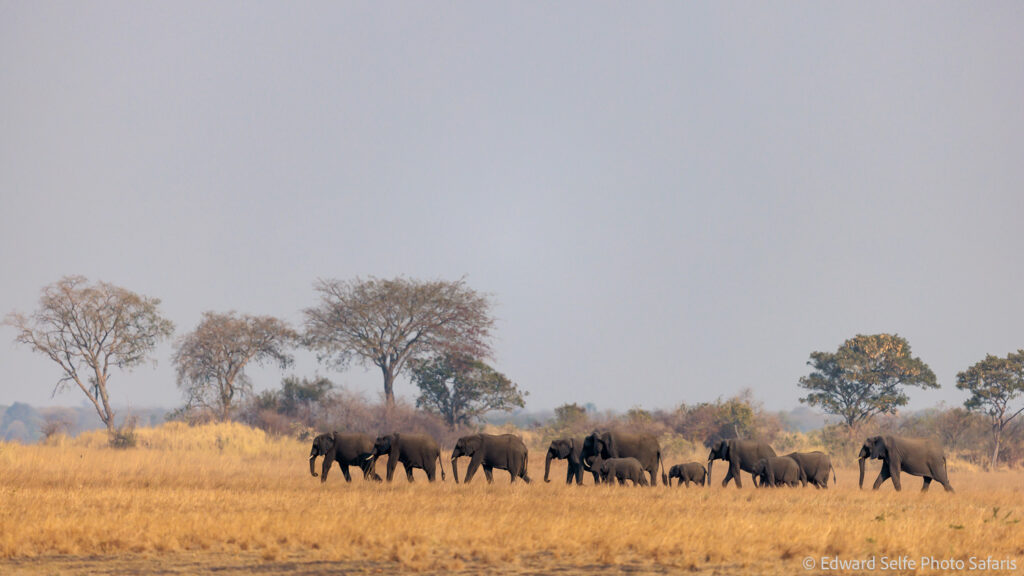
The Busanga Plains are formed from the seasonal flooding of the Lufupa River, a large tributary of the Kafue River. It has created a full grassland succession from forest-edge through to riverine strip, with seasonally flooded grassland in between. Termite mound islands, covered in trees, punctuate the landscape throughout, offering secluded lying-up areas for predators and hiding-places for herbivore young. It’s a haven for lions and Isaac has made the Busanga lions his life’s focus; he knows them all by sight, and most by name, and tells their stories with energy, knowledge and affection.
We were lucky to see more than 25 different individuals while we were there even though we missed seeing the big males of the area; Yaya had cubs which bolstered the numbers by 4 and we saw Nala’s cubs with the rest of the family on our last day.
As well as the lions, there are many more treasures of this area; not least the 80+ herd of sable antelope which we had hoped to see – and actually found on our way to the camp from the airstrip! That was one massive goal achieved in little time. We also enjoyed picturesque scenery, lots of elephant activity (due to the very dry conditions) and excellent birding. It was cold in the mornings, so we rugged up warm and went in search of the mist that sometimes forms in the low-lying areas; we weren’t lucky this time, but it’s a thrill to experience the dramatic change in temperature on those plains – 5’C before dawn and 32’C by lunchtime!
After 3 nights on the open plains of Busanga, it was nice to approach the treeline and spend time at Ntemwa-Busanga camp, owned and operated by Classic Zambia. This is a great location, offering access to the plains in one direction and the woodlands along the riverine strip in the other. This area is less populated by lions (which prefer the grassland and the easy prey offered by the lechwe herds) so it offers more space for other predators like leopard, serval and cheetah.
Despite many attempts, we never found the friendly camp serval ‘Sally’, but we did get extremely lucky with a trio of cheetah males who we found on the first morning and we spent most of the rest of our time with them. This coalition is regularly seen in the Busanga plains at the end of the dry season; due to 2024’s dry conditions, they had appeared earlier and were subsequently a permanent fixture in the southern part of the plains.
We found them hunting one afternoon, and they got within striking distance of a wildebeest but the prey became agitated at the wrong moment, saw the hunters and took off too soon. Nevertheless, the next morning, we watched them as they climbed trees, scent marked and gave us a full display of grooming, greeting and socialising. There are few places where we can spend extended time (many hours) with cheetah and have zero other vehicles around. It’s a special little corner of the Kafue National Park.
Our final camp was Classic Zambia’s Kafue base camp, Musekese. I am always happy to return to this camp as it was my first experience in the Kafue and it holds many happy memories. It’s a large, private, game-rich and well-set-up safari operation with lots to see and good guides who know how to find it. I have had excellent lion, elephant, cheetah, leopard and birding experiences here and I was excited to see what was in store for the guests. Very sadly, the area had been burned extensively just a few weeks before and was blackened and desolate. Some areas, including the gorgeous lagoon in front of the camp, had been spared, but much of the back-country was devoid of life completely. Having spent so much time on extensive firebreaks and fire management, the CZ team were very upset about this situation but, in such a dry year, once fire takes hold, it’s almost impossible to stop.
Nevertheless, we enjoyed our time on the land in the vehicle but the best were the boat-based safaris along the Kafue river. This experience is a major draw card for everyone visiting the area, whether a photographer or not, as it’s serene, calm, picturesque and very good for photographing wildlife. We spent all our afternoons on the river, enjoying the cool breeze, watching for kingfishers, cormorants, crocodiles, elephants, leopards and monkeys in the trees. On our last afternoon, we boated to a small island where 8 pairs of African Skimmers endeavour to nest in the melee of elephant and hippo footprints. It’s hard work and sometimes they fail when elephants crush the eggs, or crocodiles steal the chicks. In the late afternoon, they start to become active, flying along the length of the island, catching fish in the shallow water and then making long, noisy loops around the island to advertise their claim. In doing so their movements become quite predictable so it’s possible to coach photographers into getting great images of back-lit, side-lit and silhouette shots of the birds. It was a great way to finish the trip!
Thank you for reading to the end; this was an enjoyable trip with 4 of my guests who have travelled with me several times. It’s always a pleasure and a privilege to have them back again and I hope this report inspires more people to take a chance on Zambia and come visit with a camera in hand.
I am looking ahead to 2026 and 2027 so if Kafue is on your list, please do get in touch.

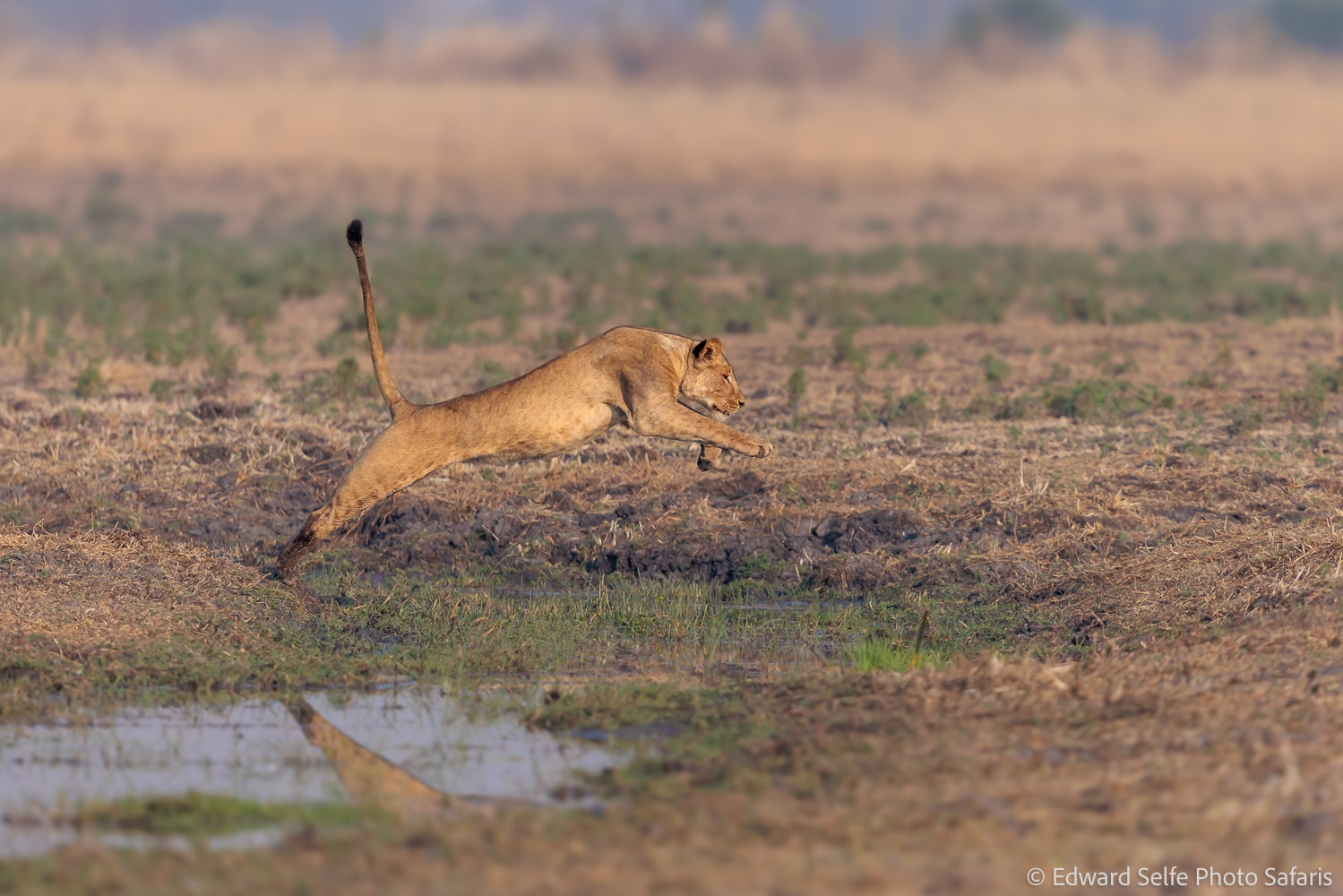
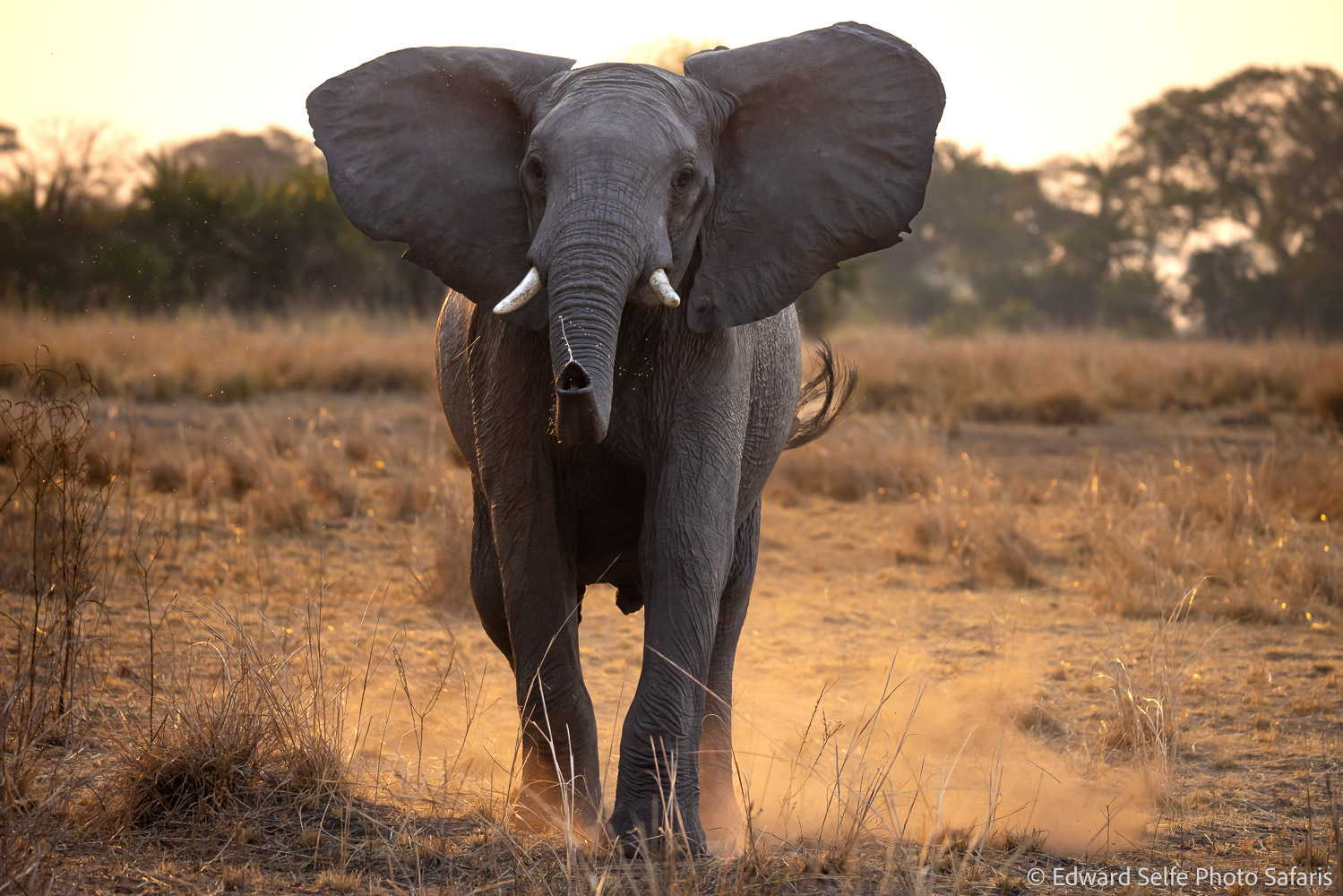
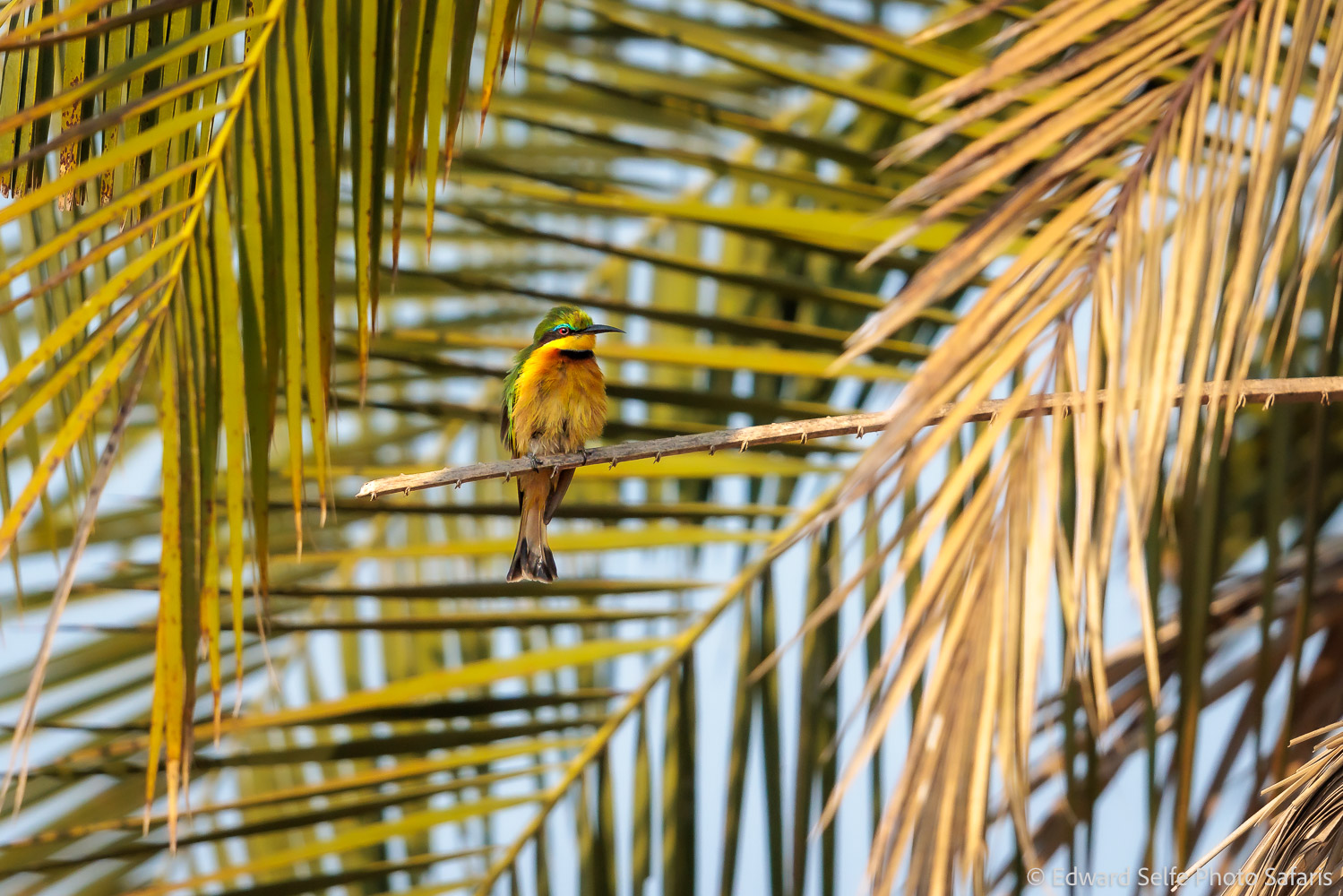
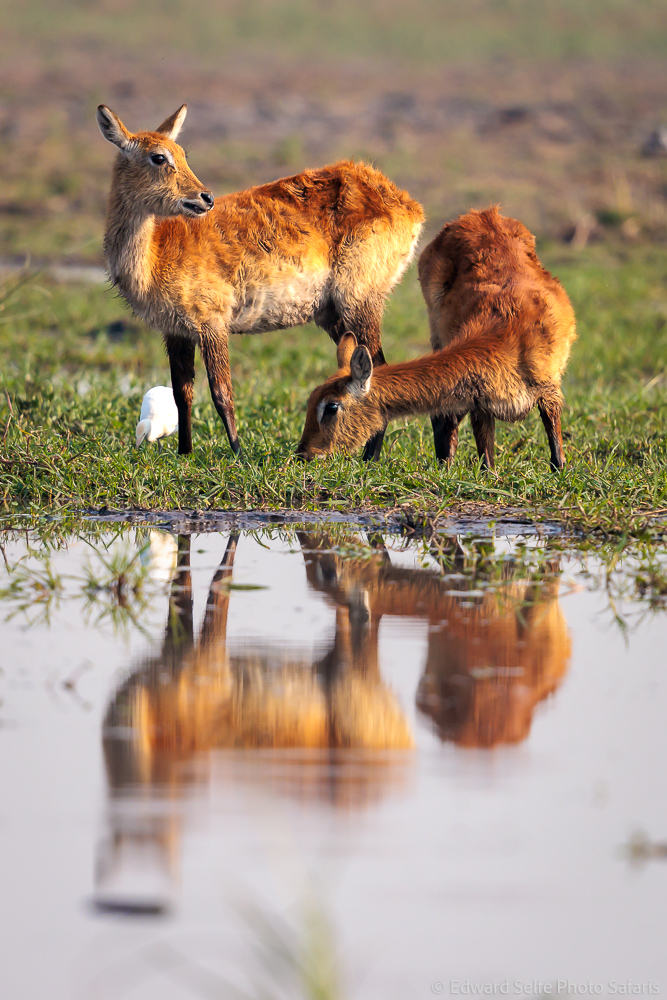
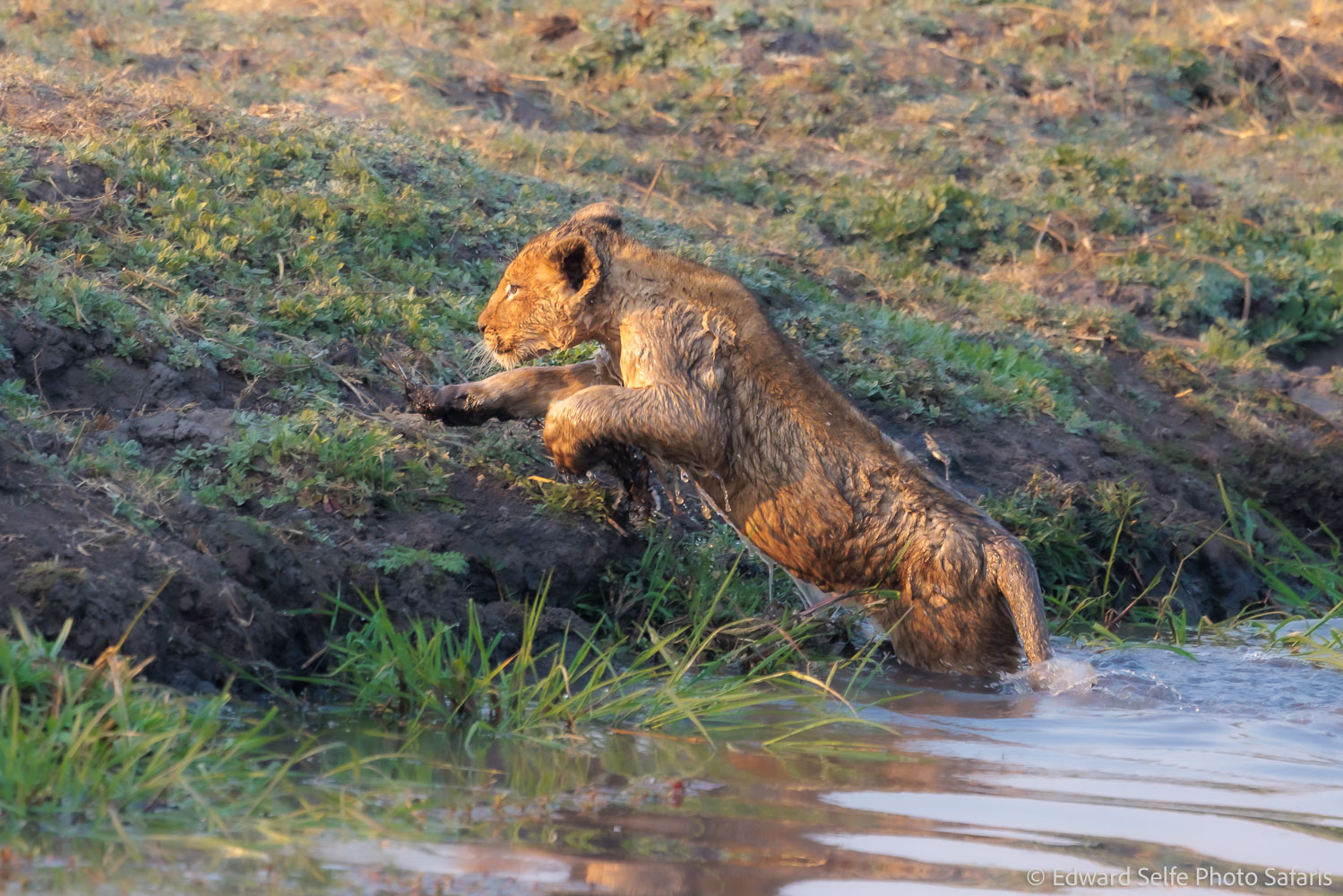
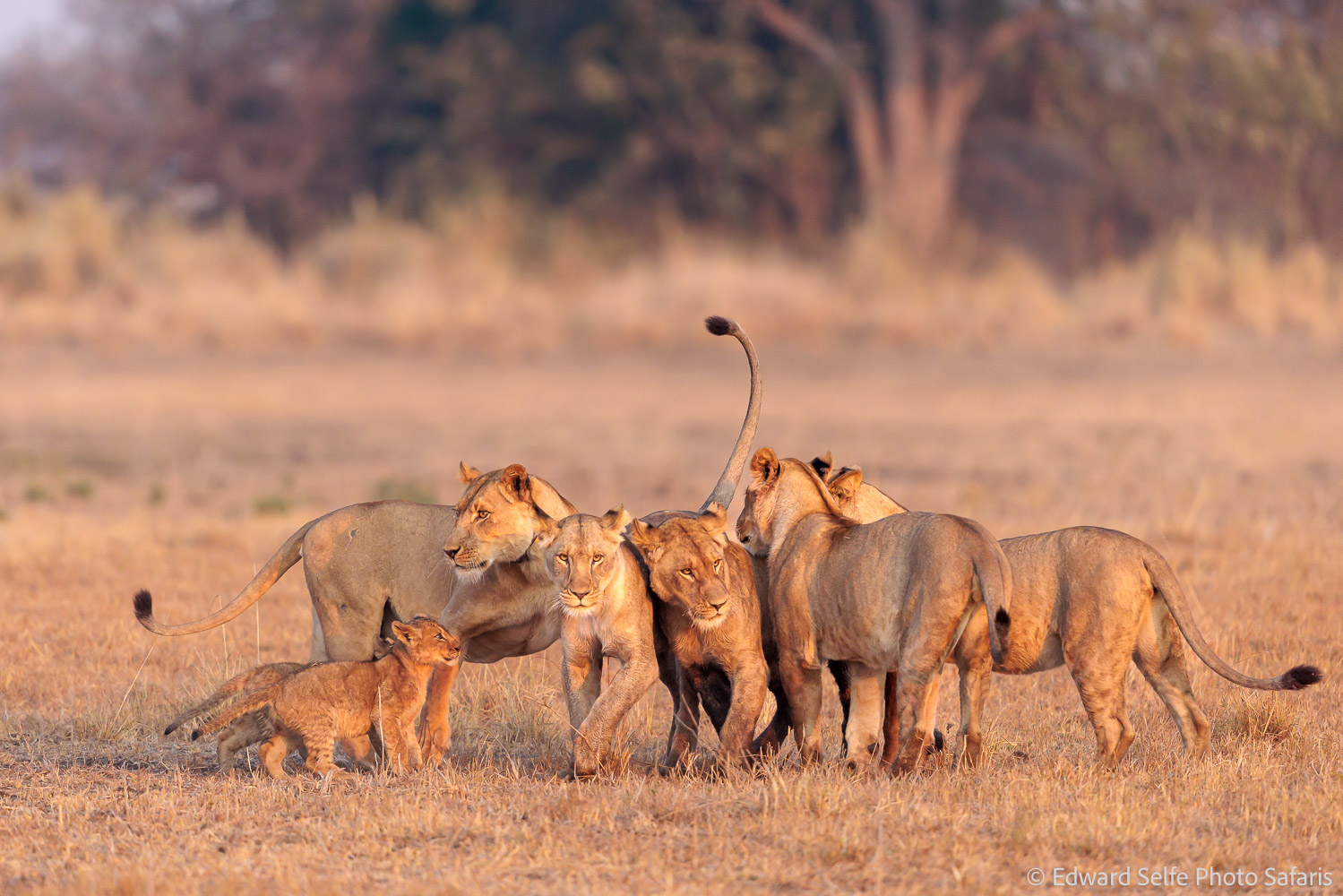
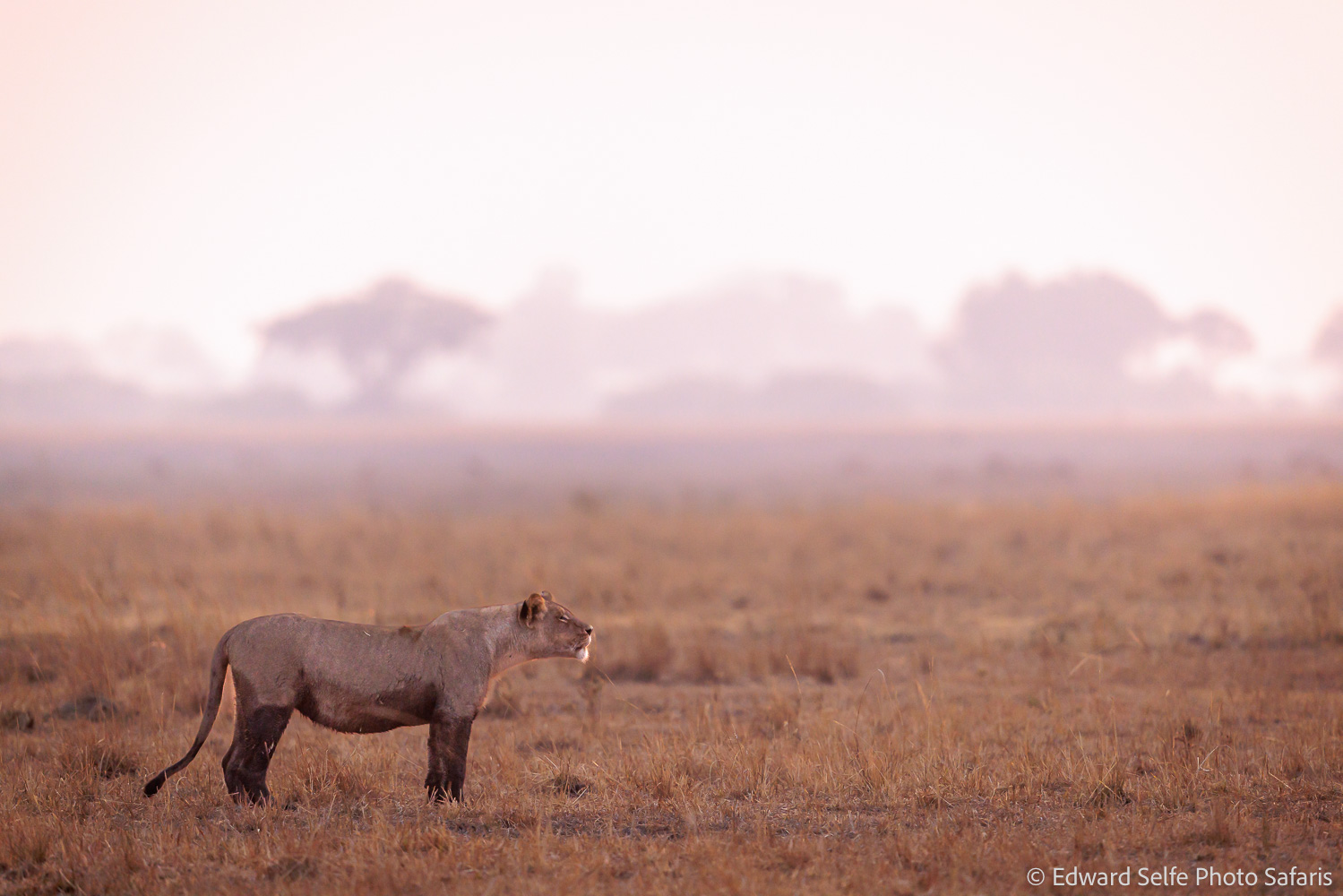
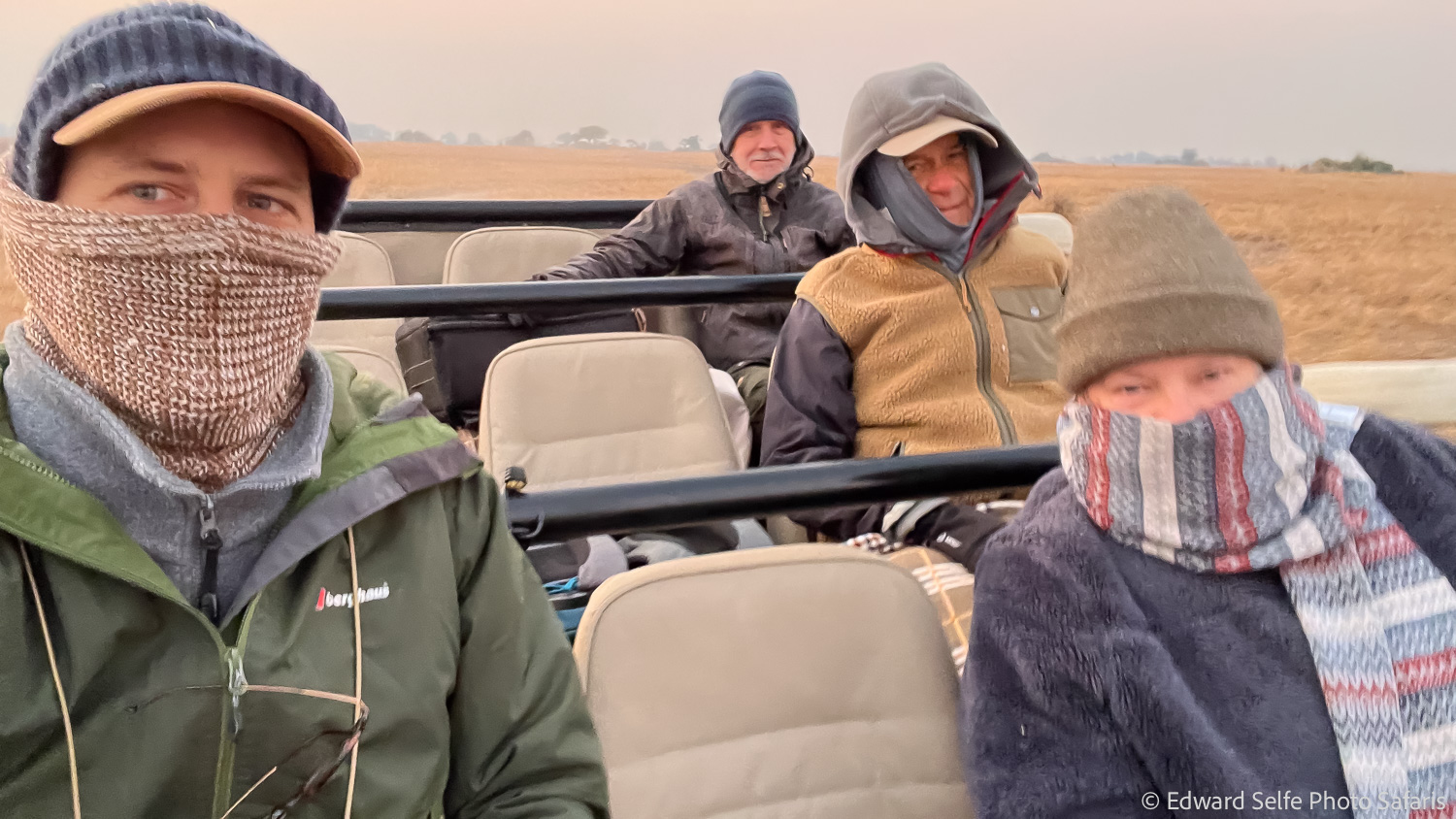
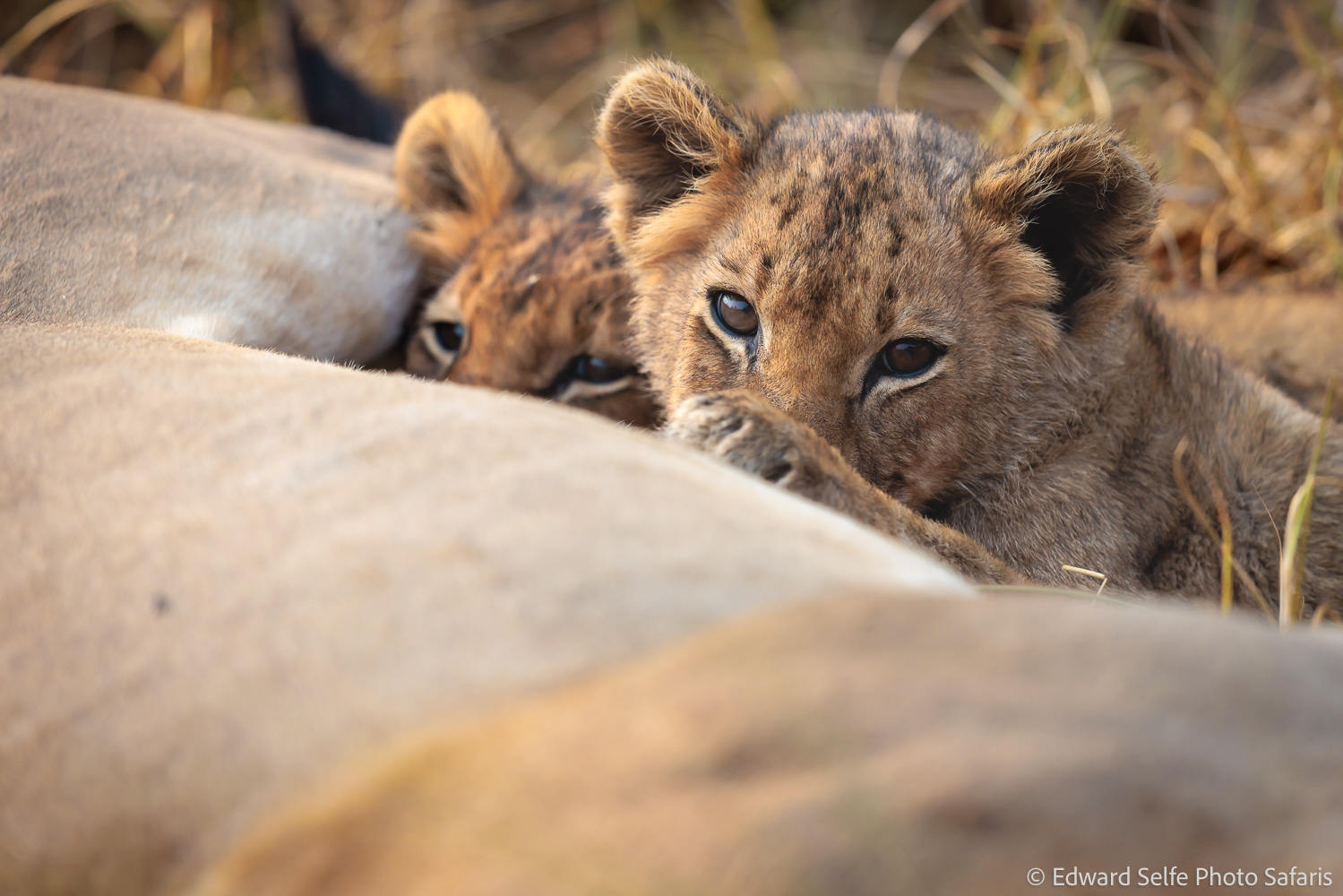
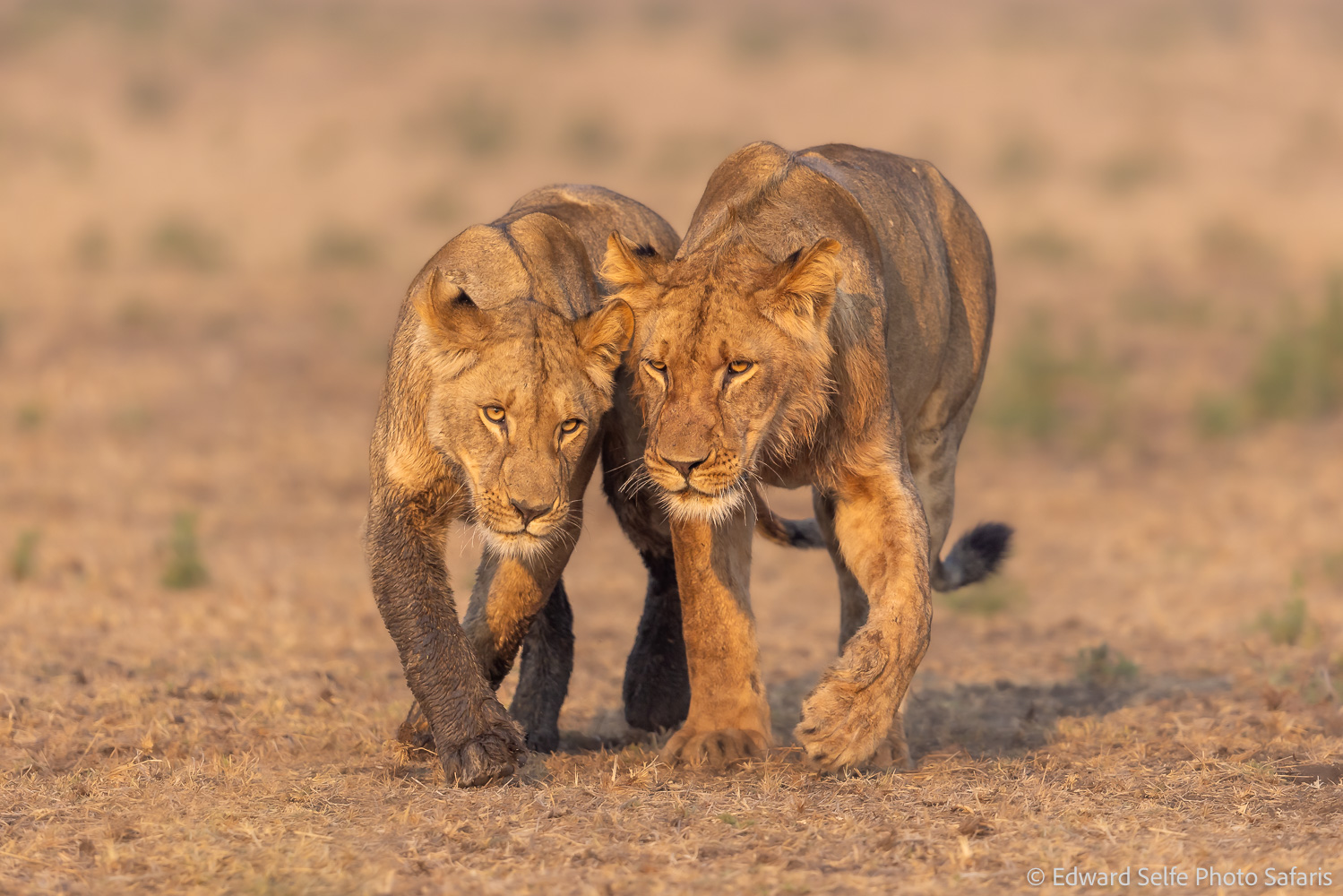
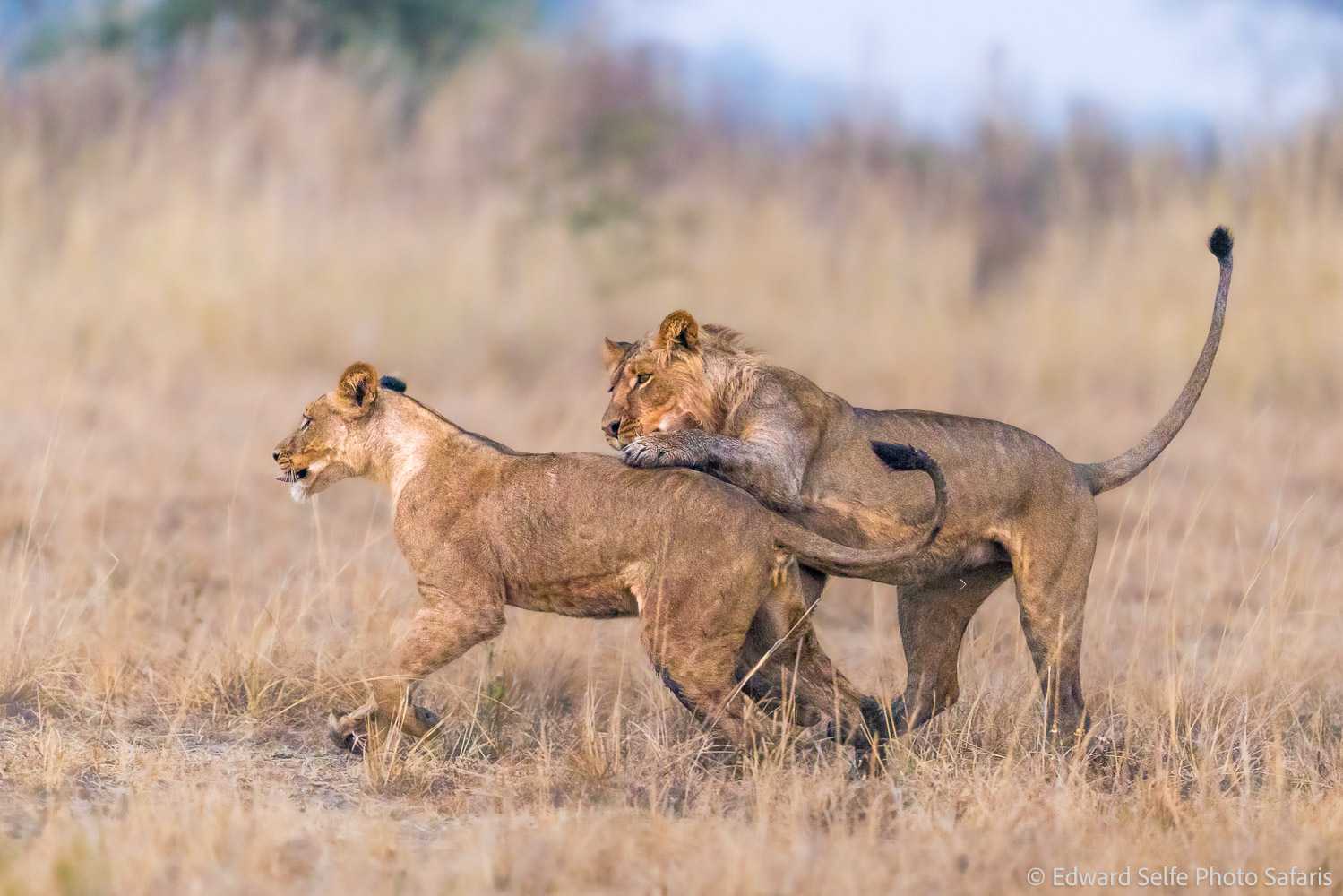
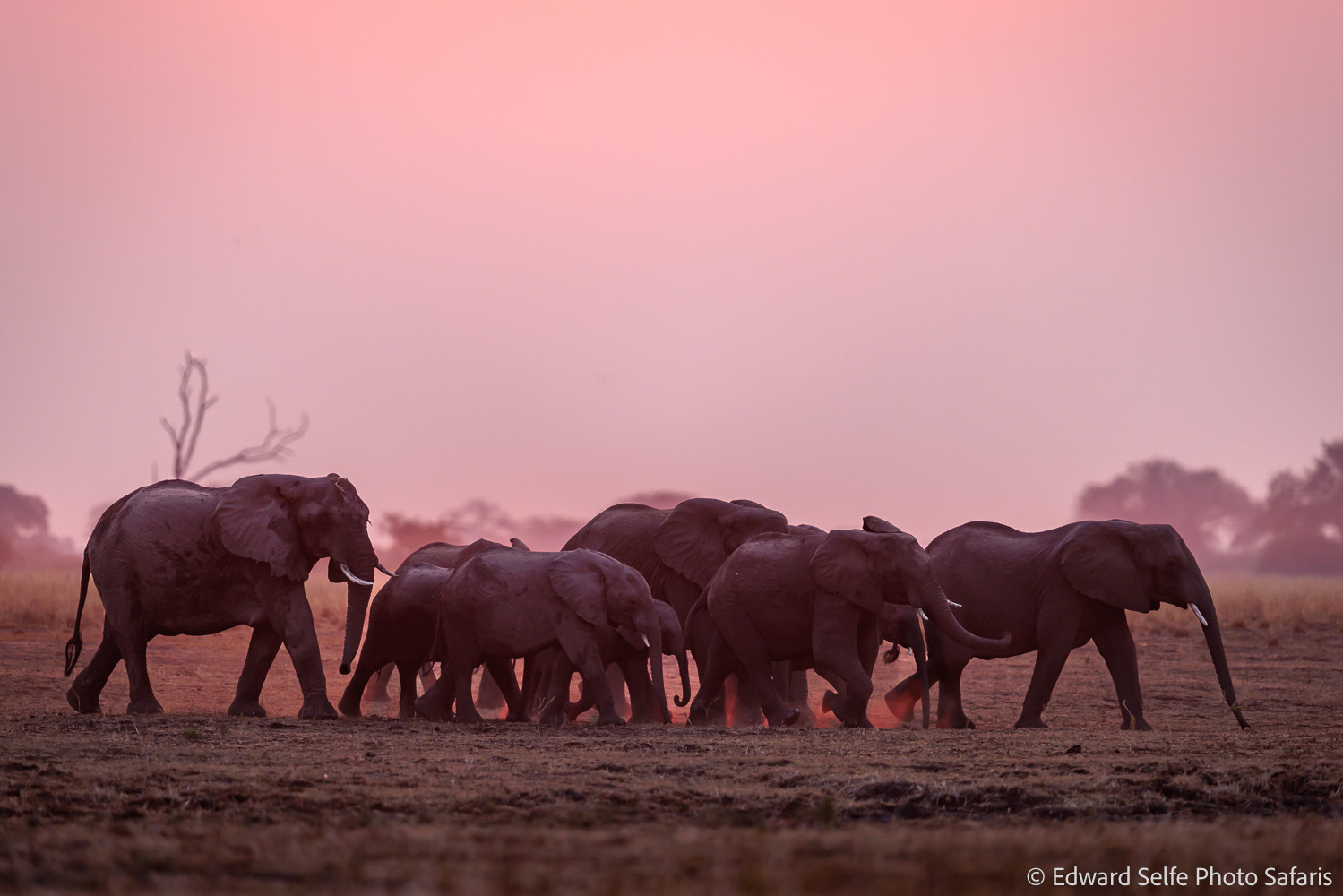
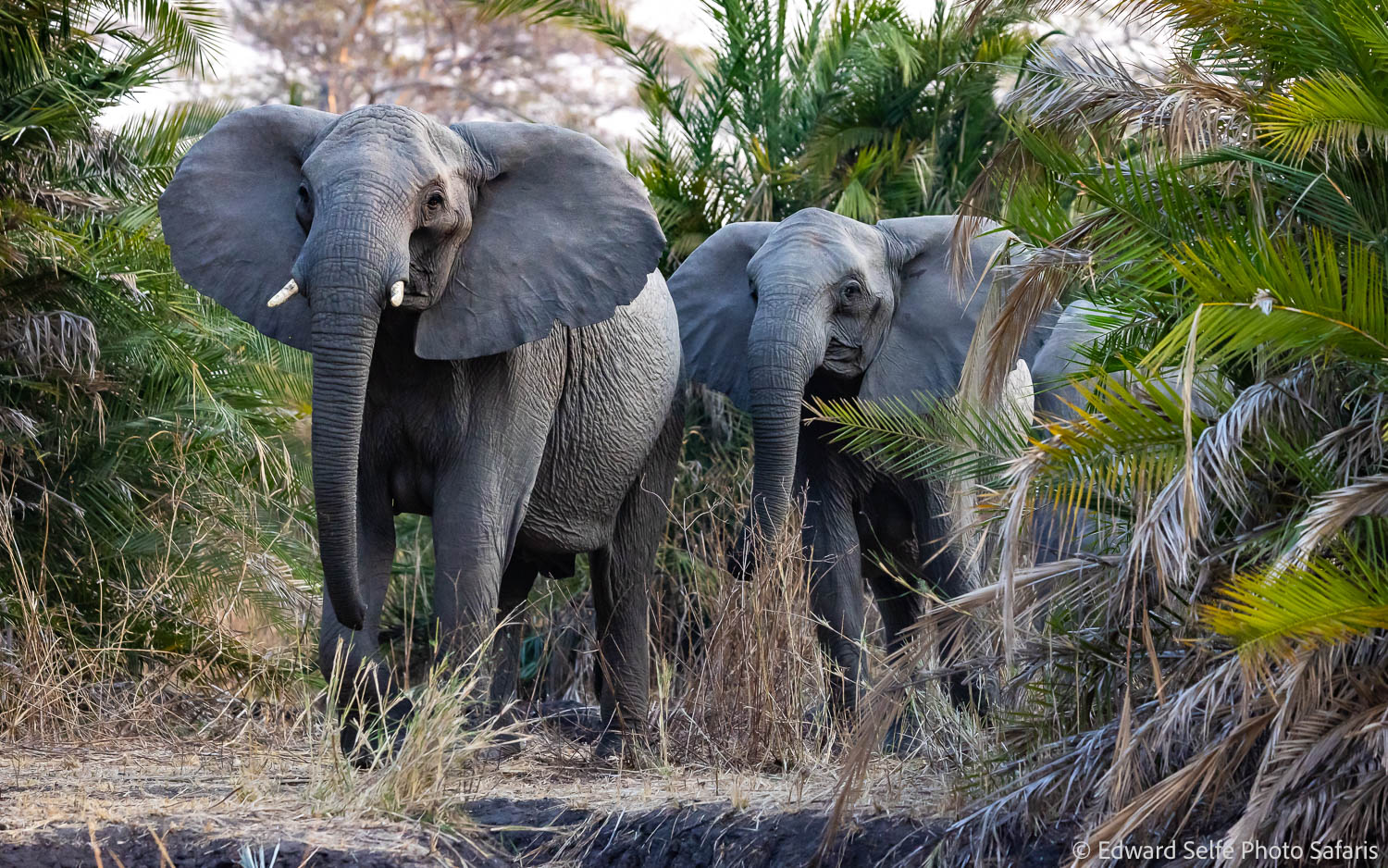
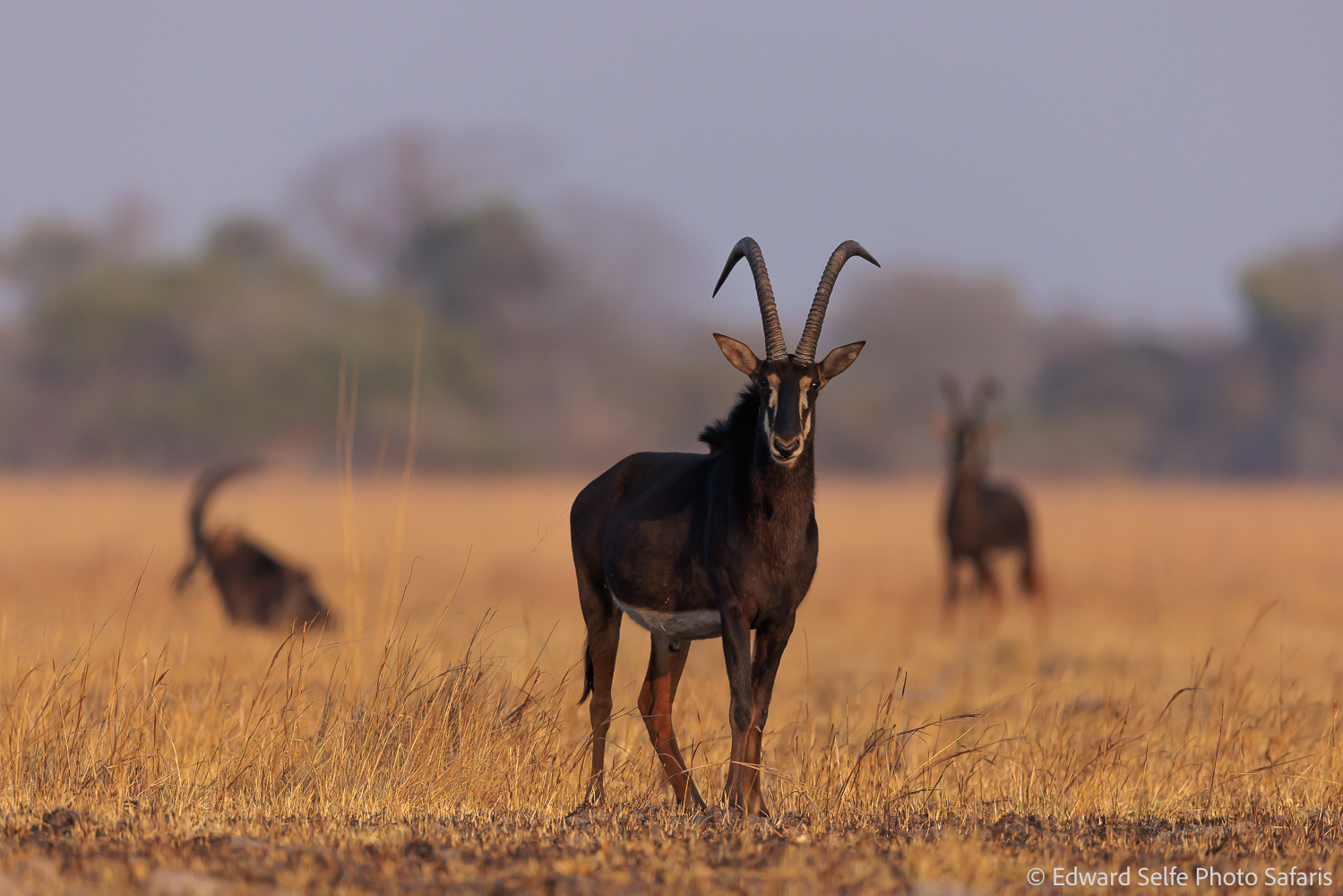
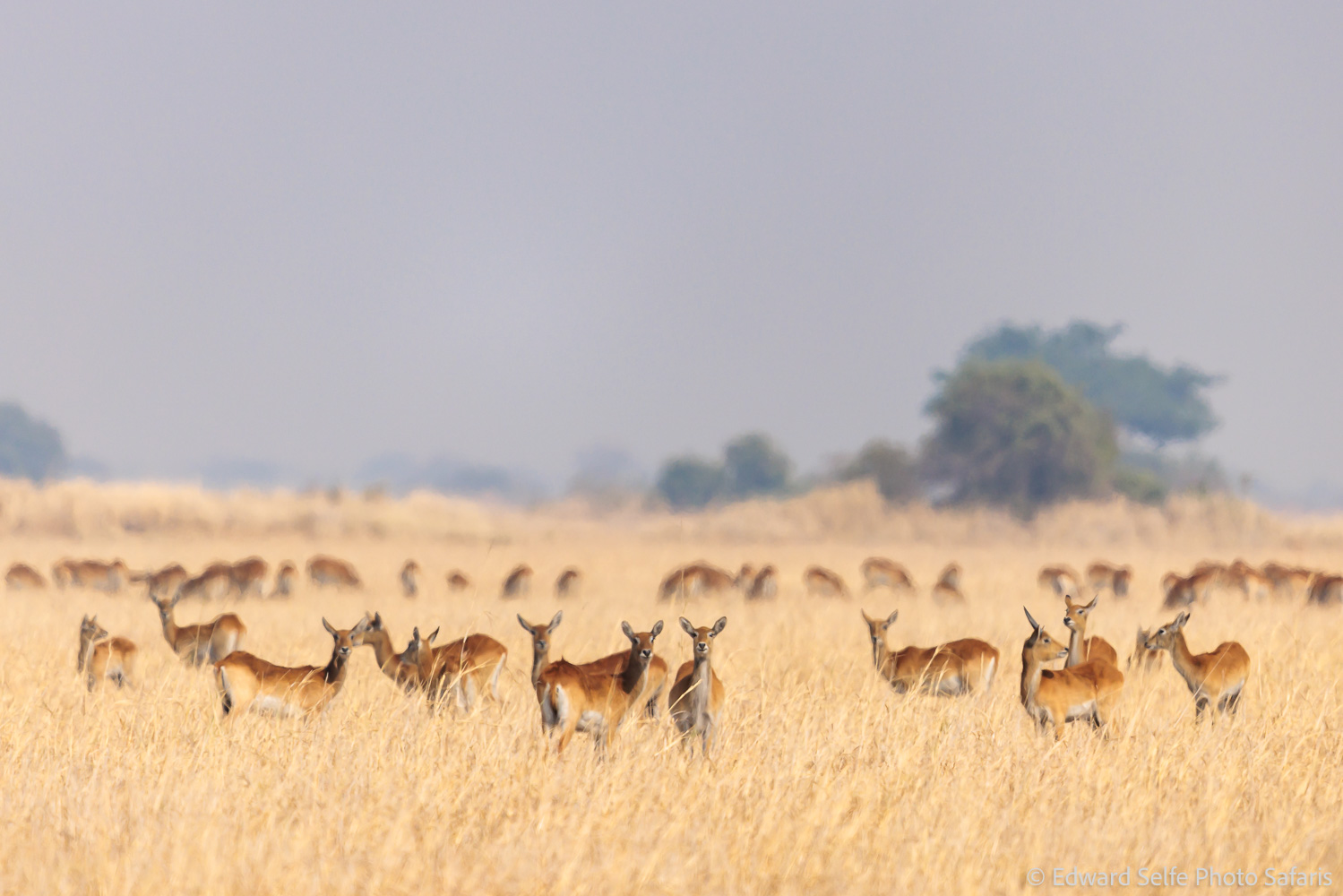
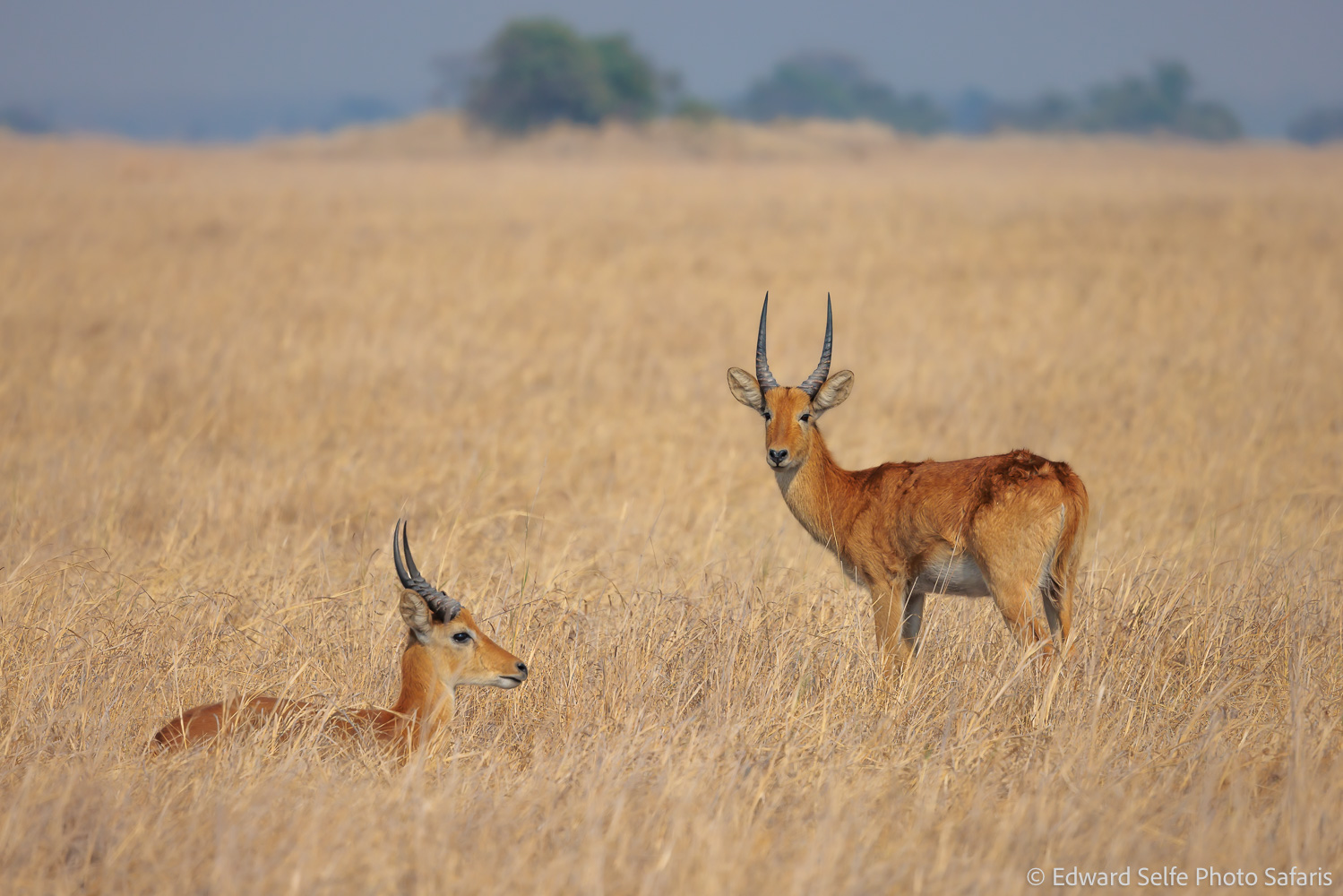
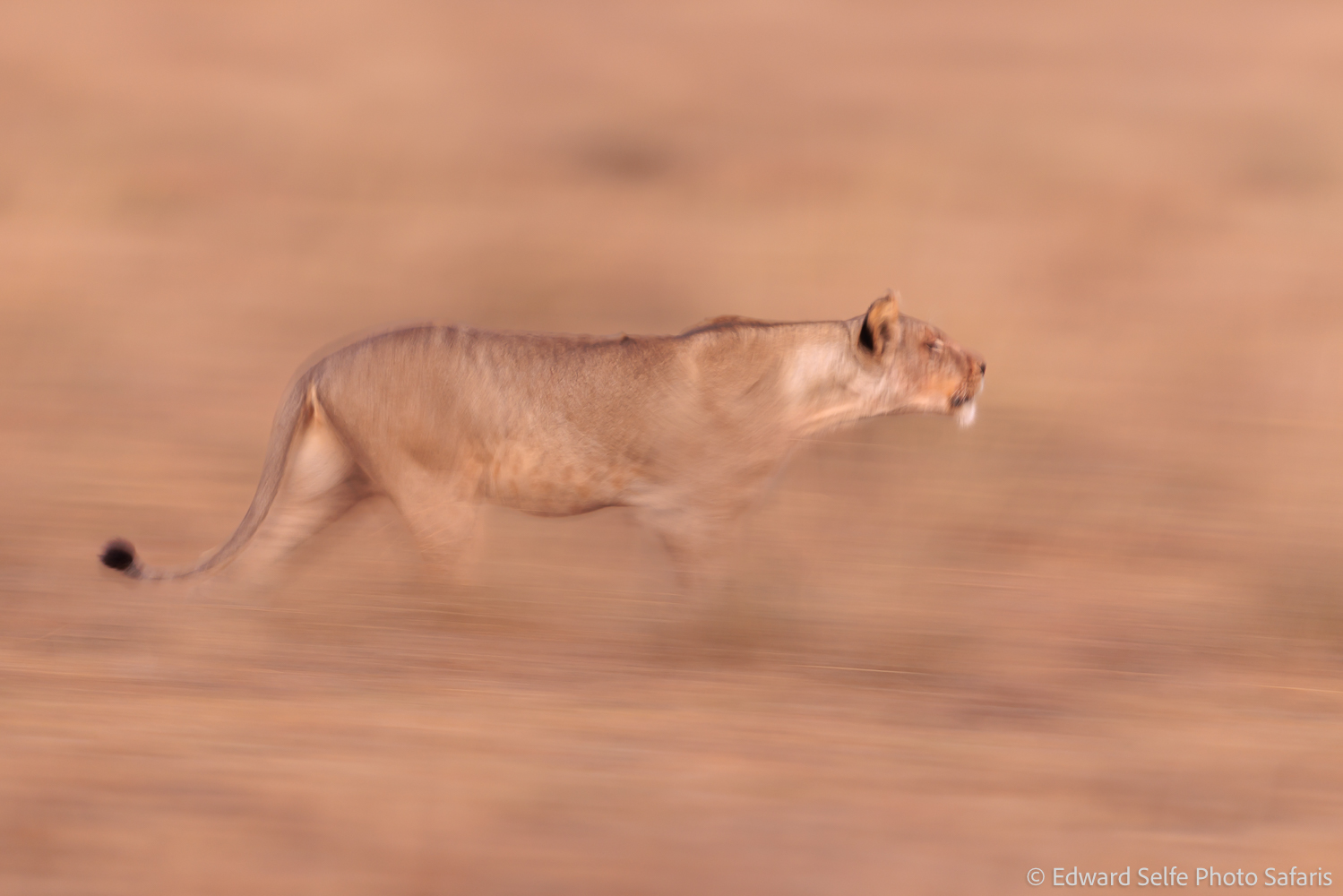
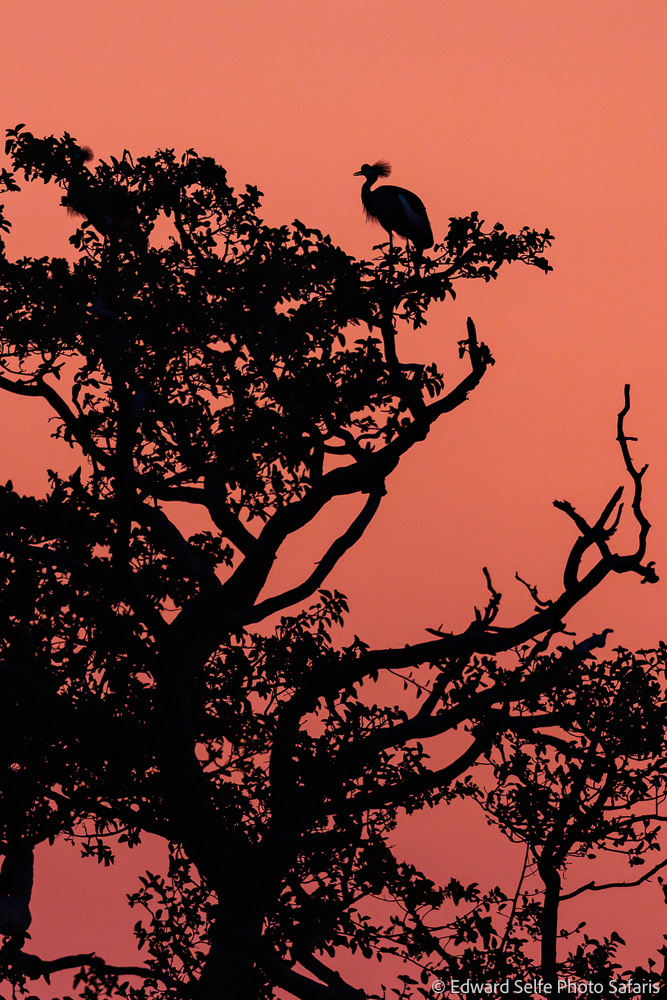
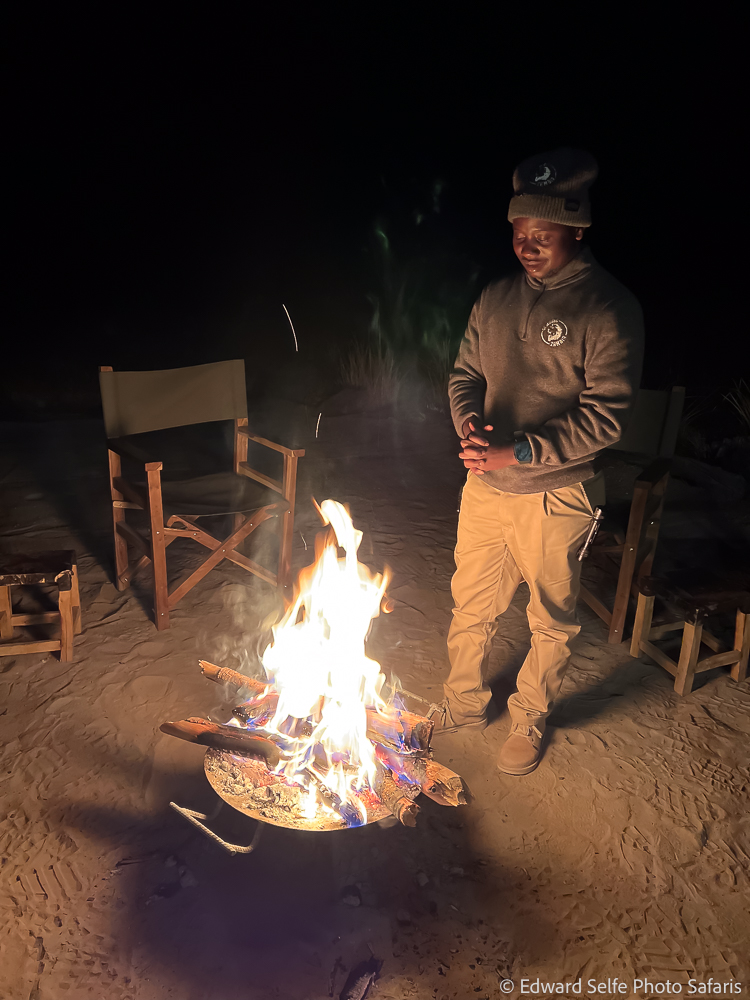
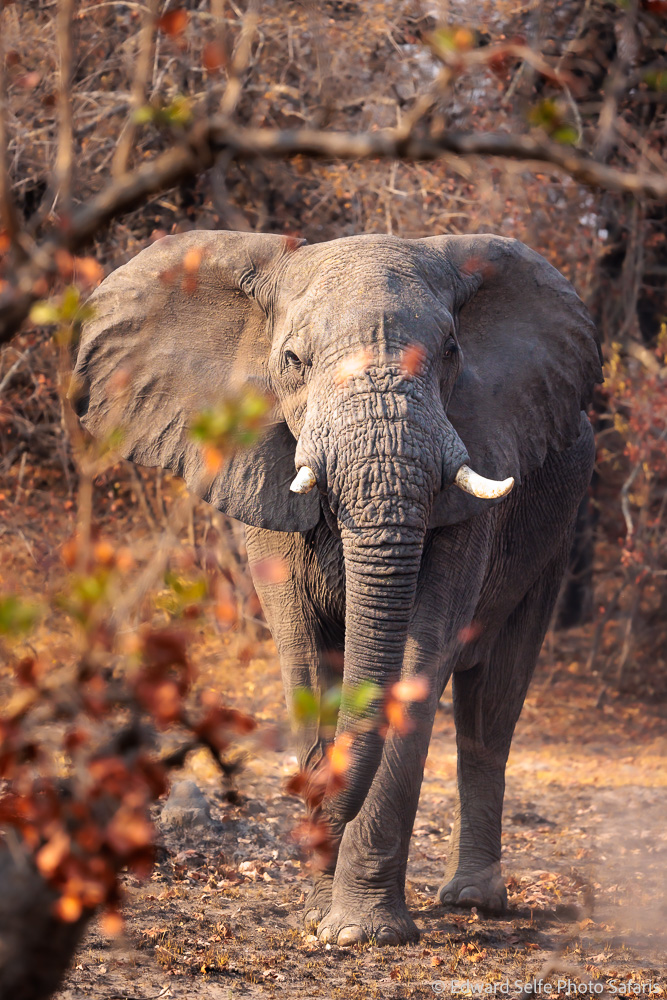
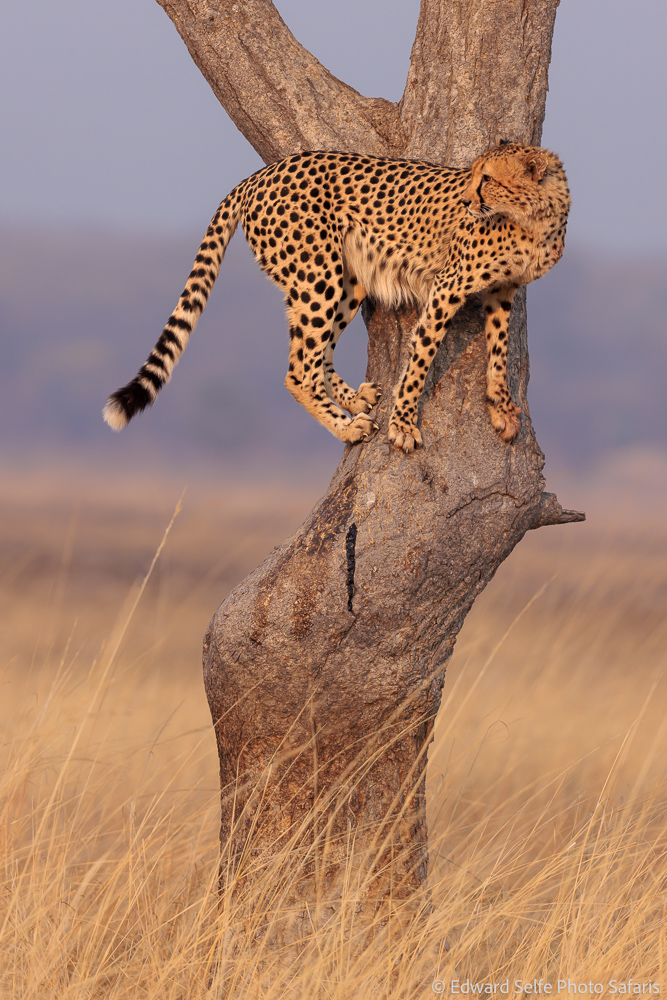
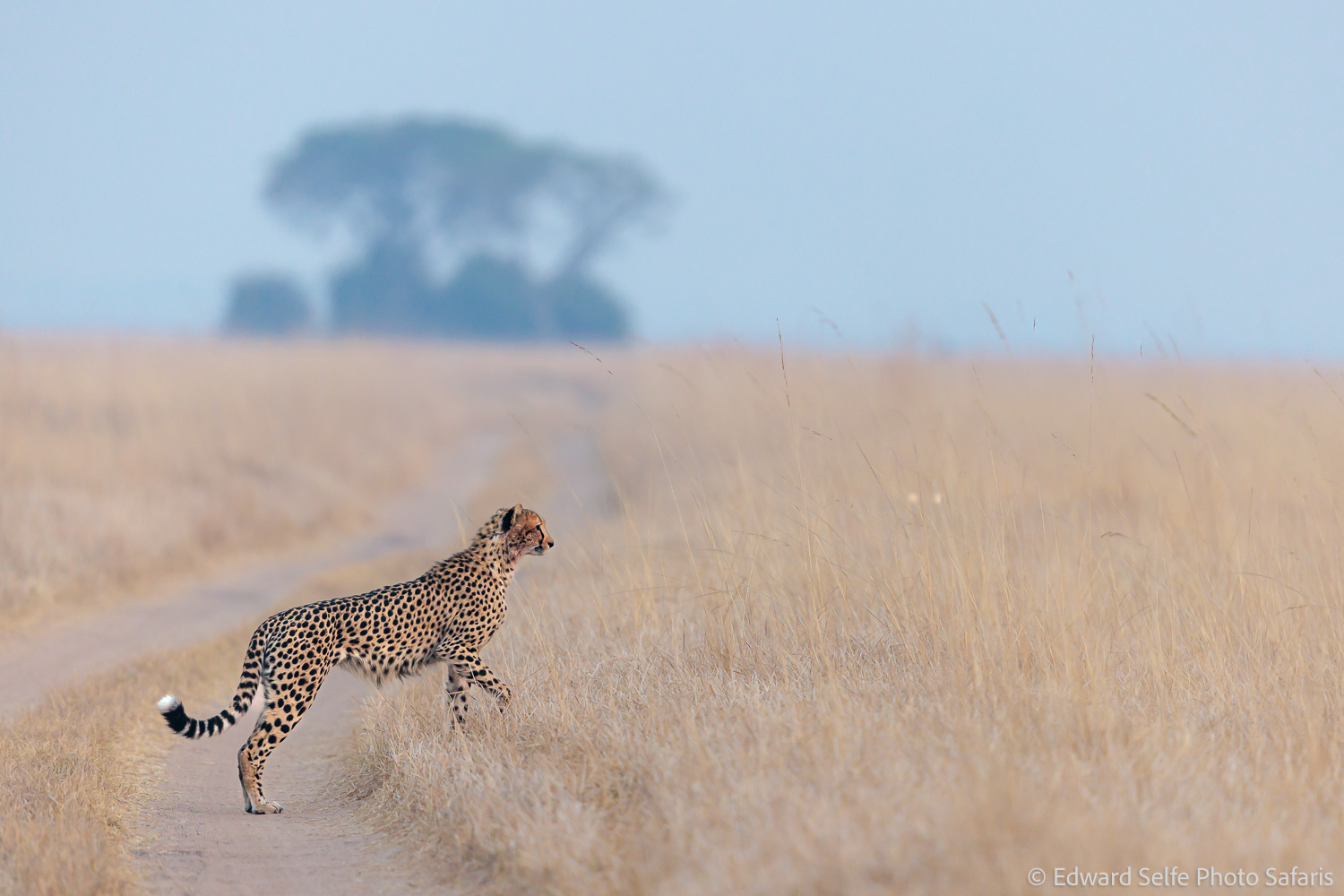
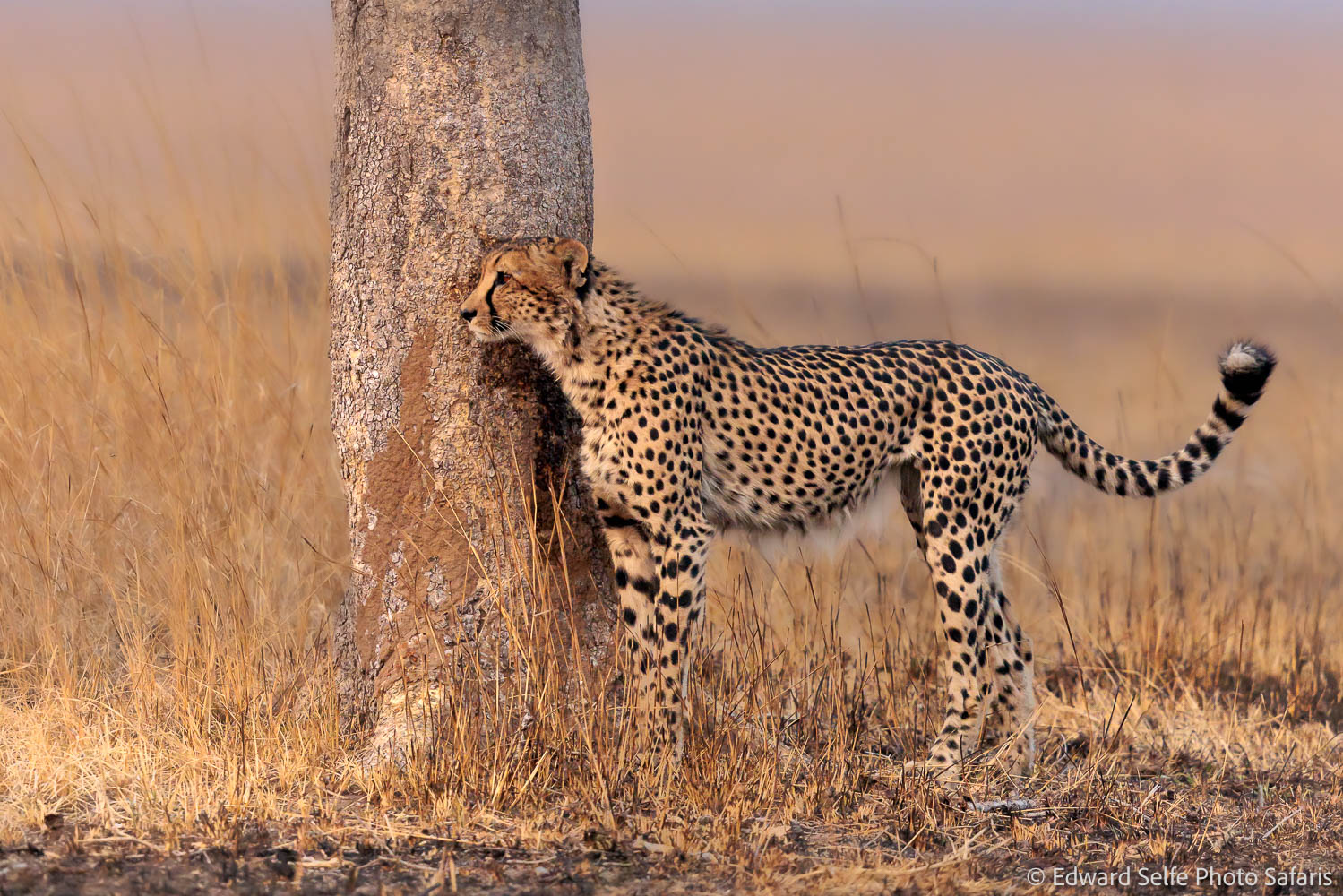
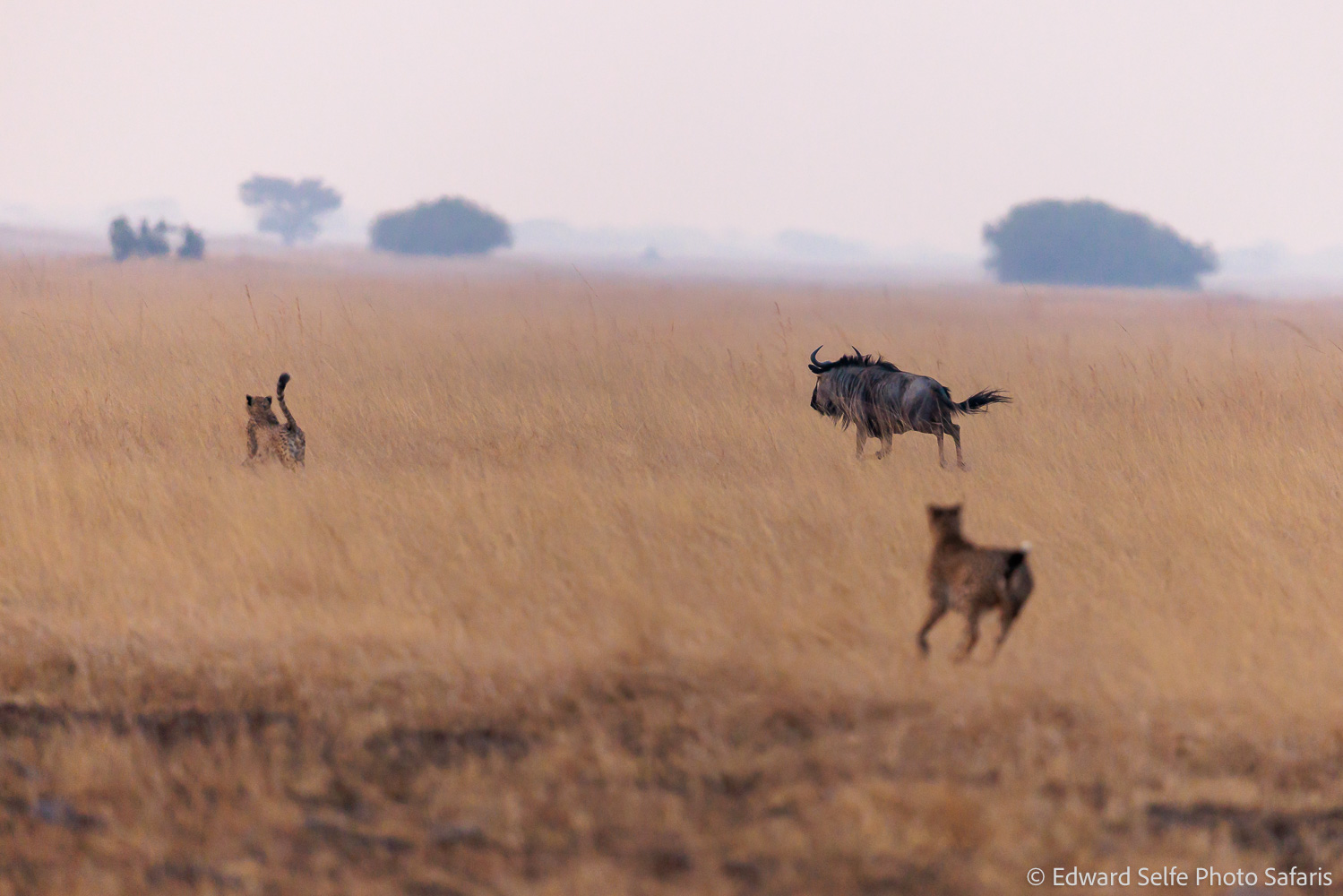
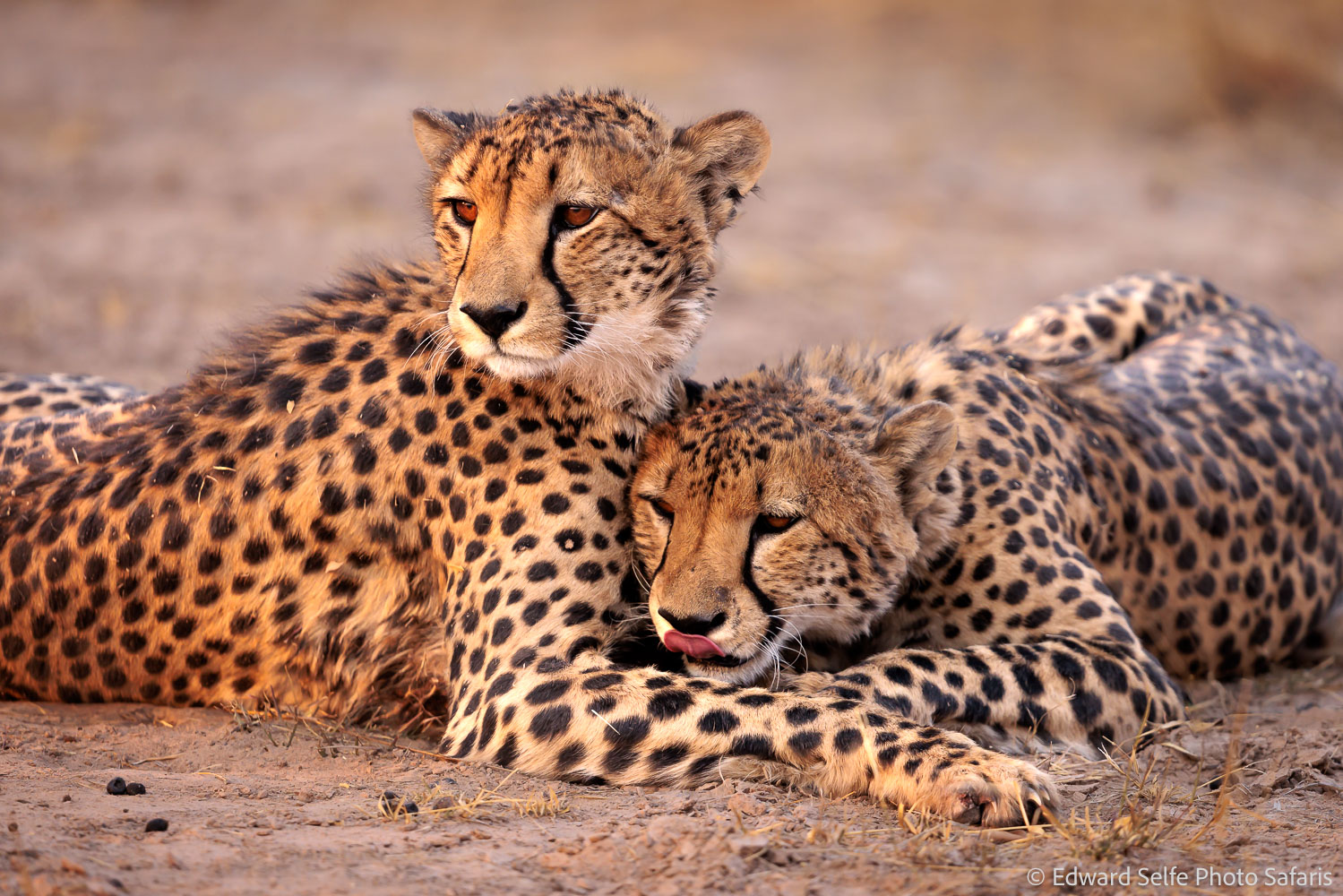
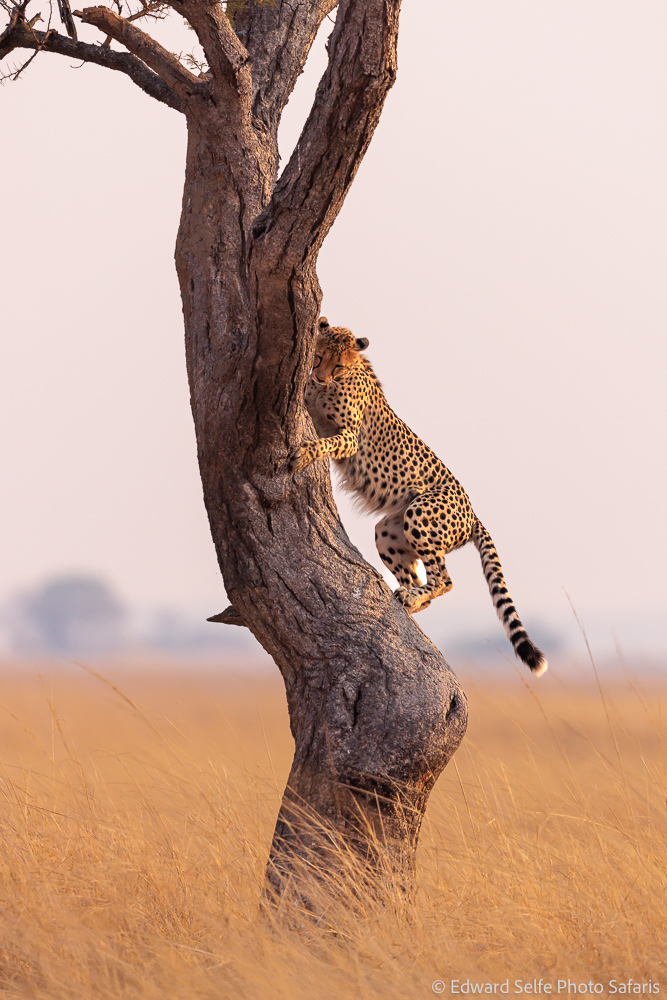
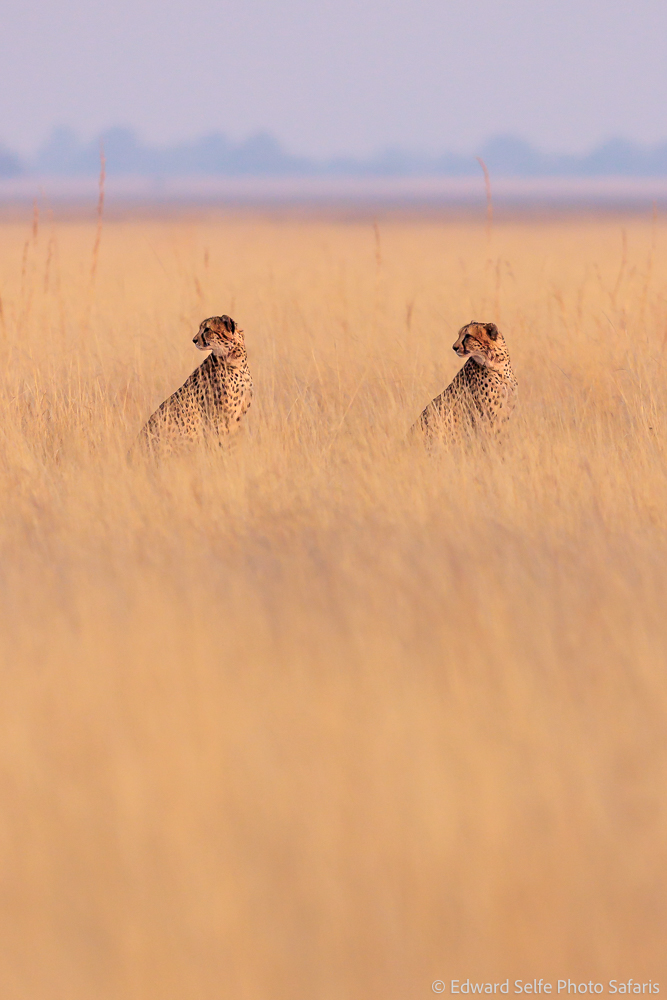
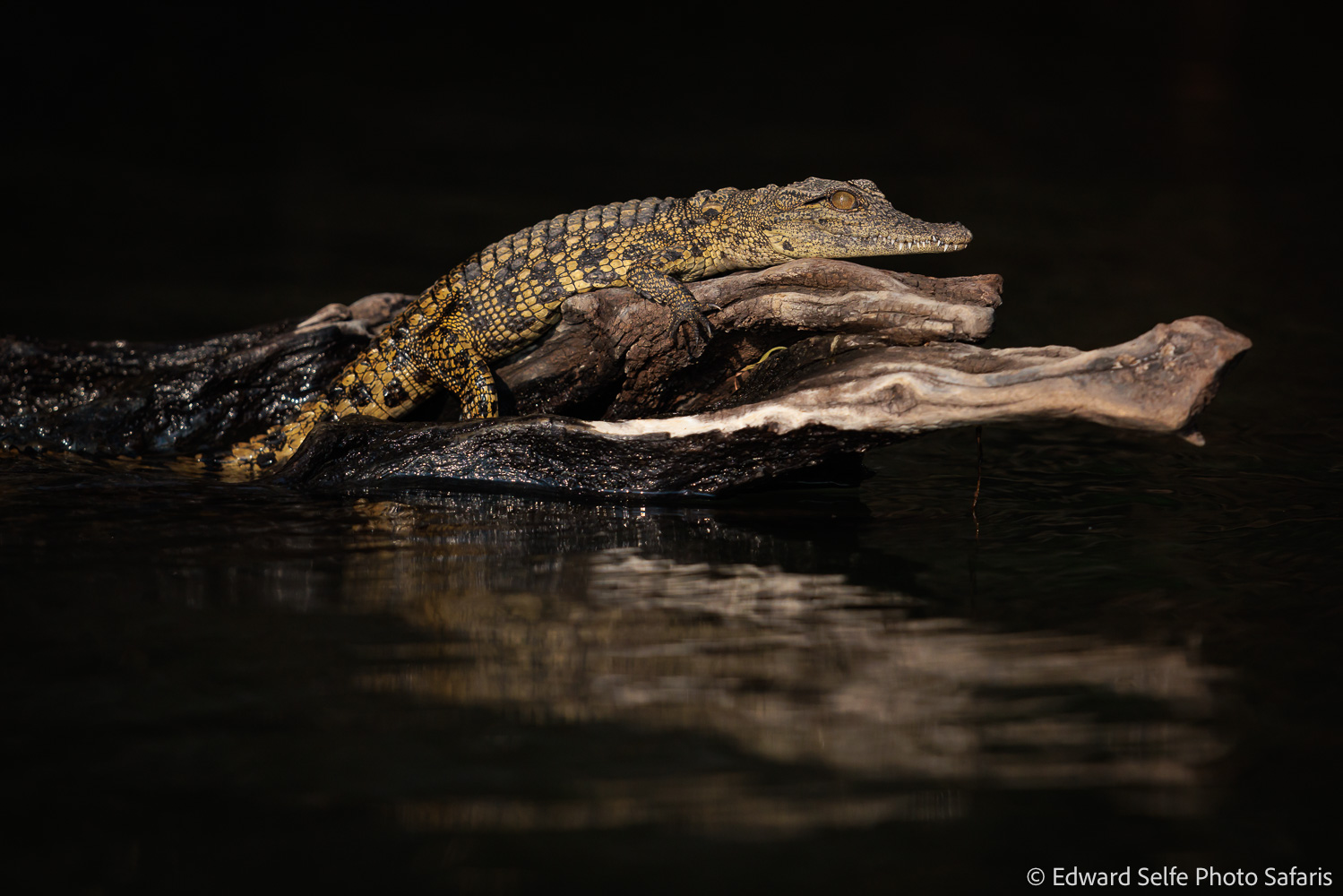
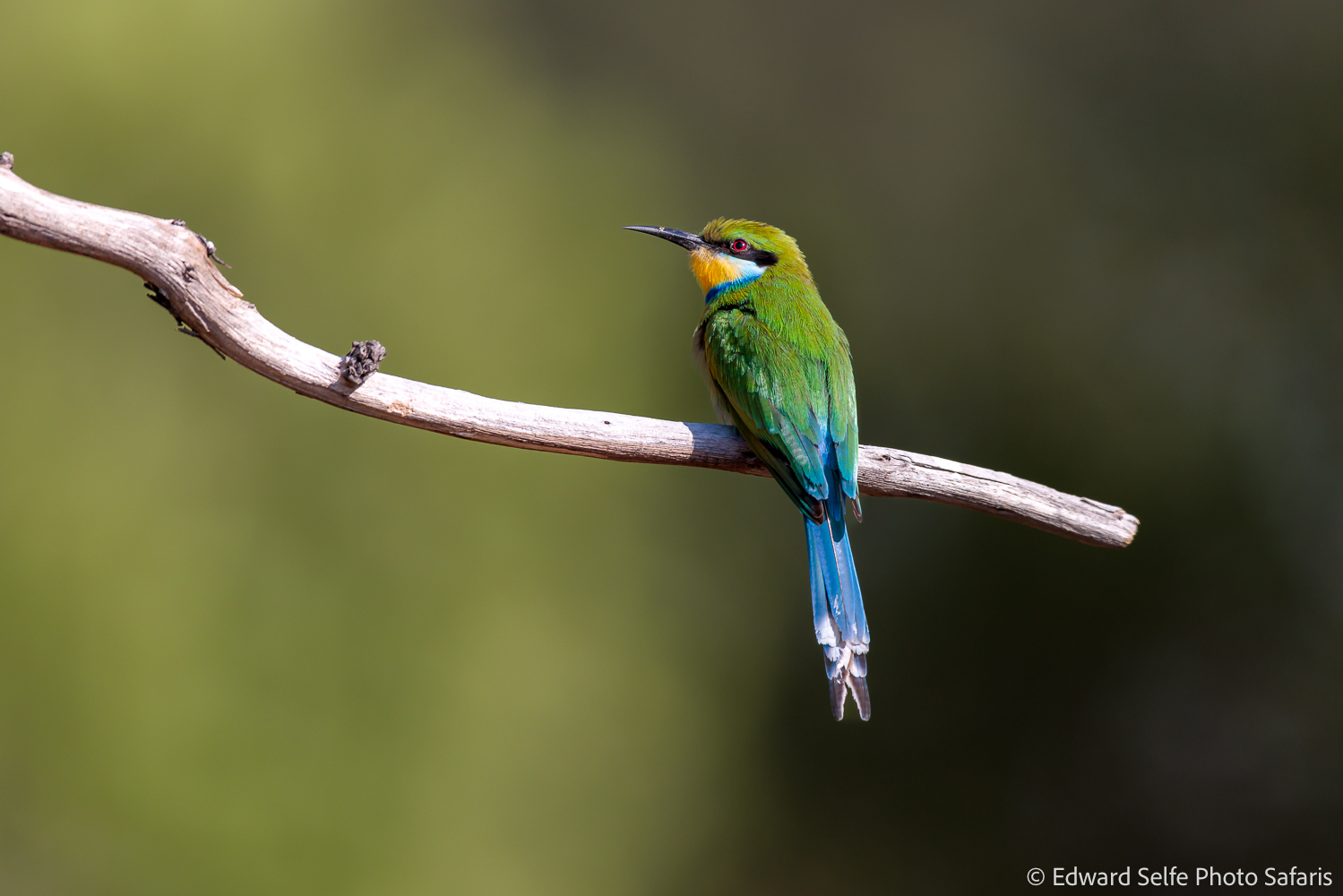
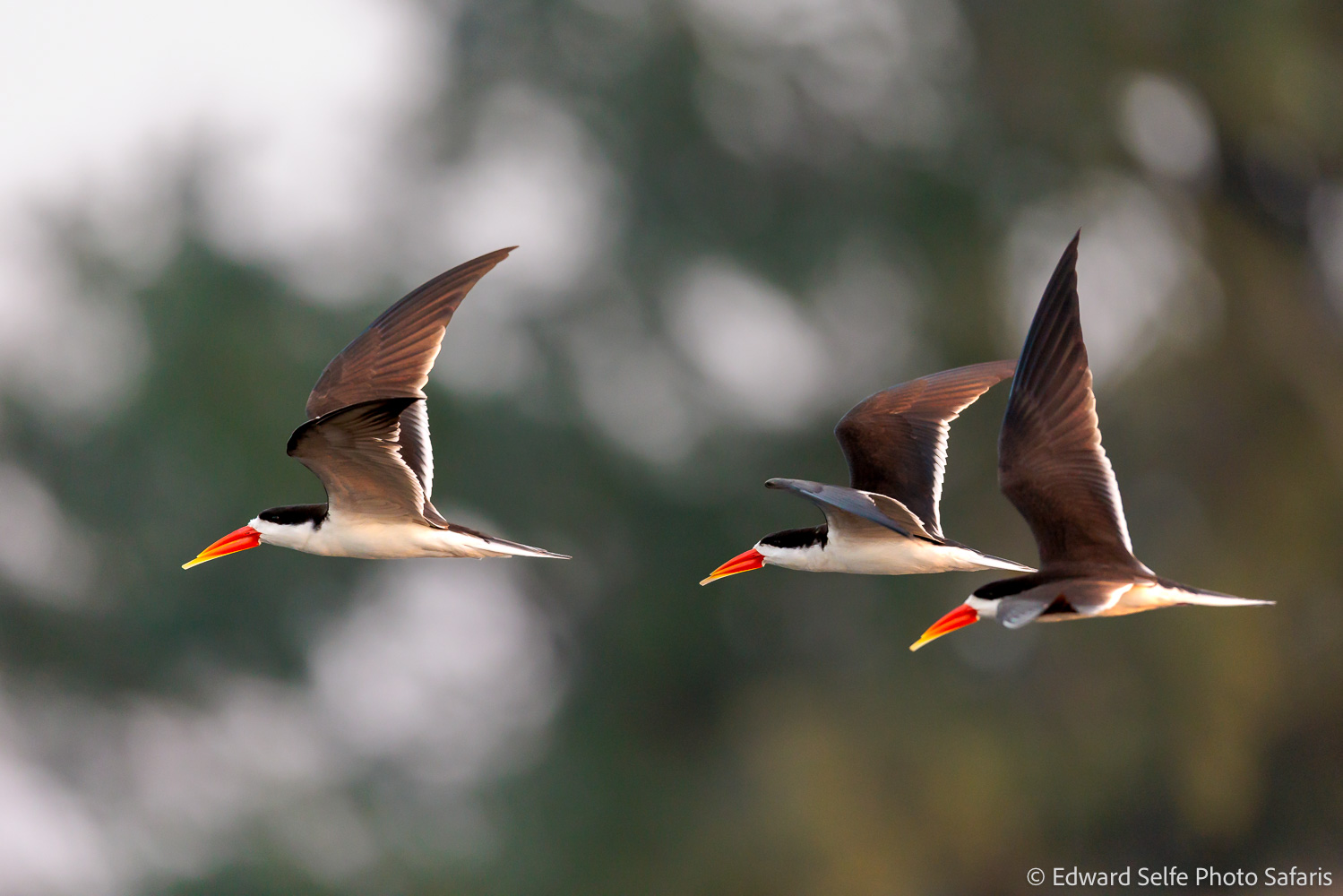
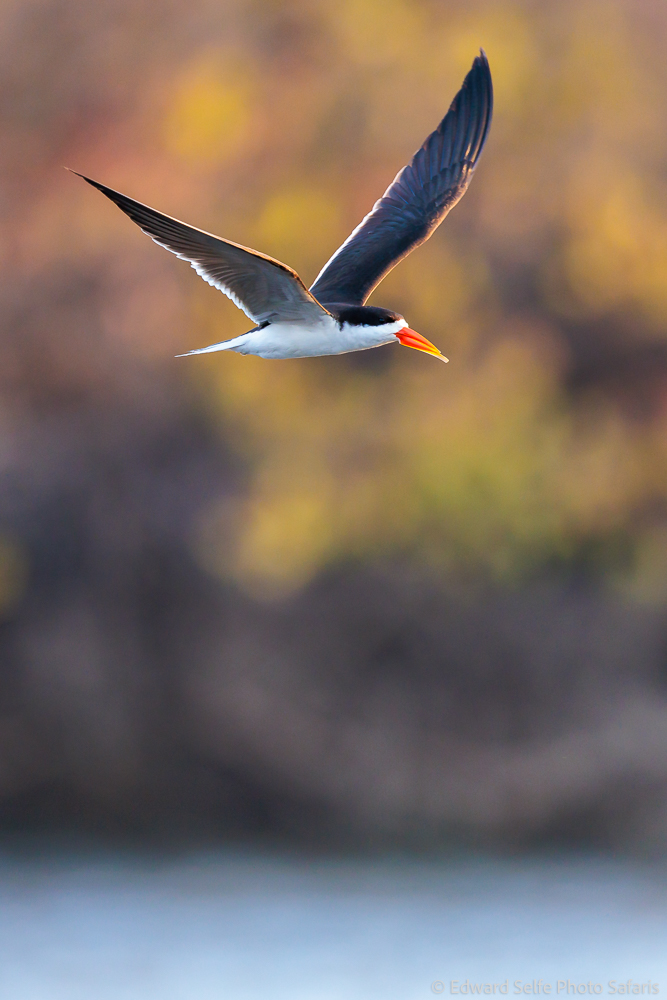
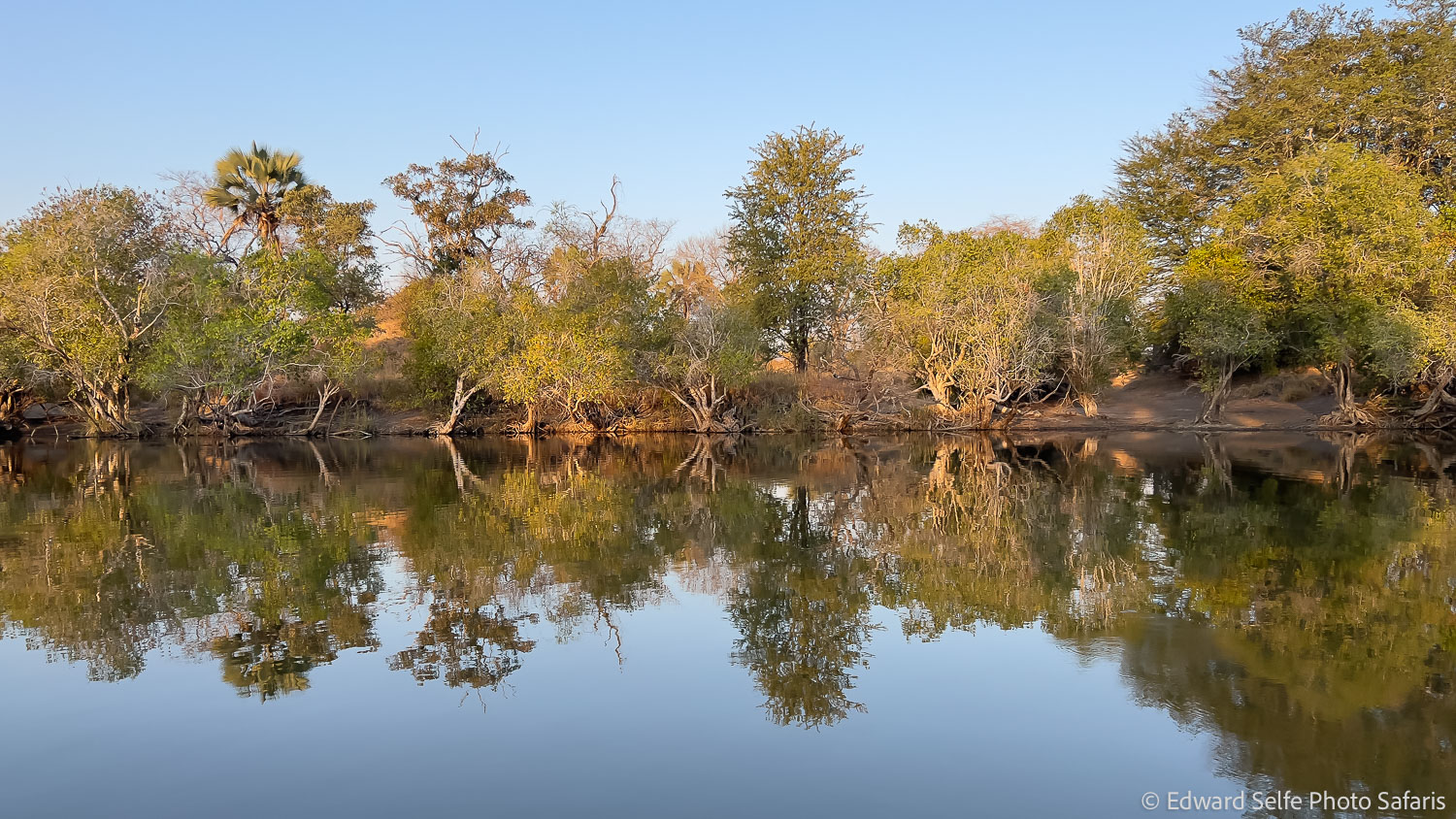
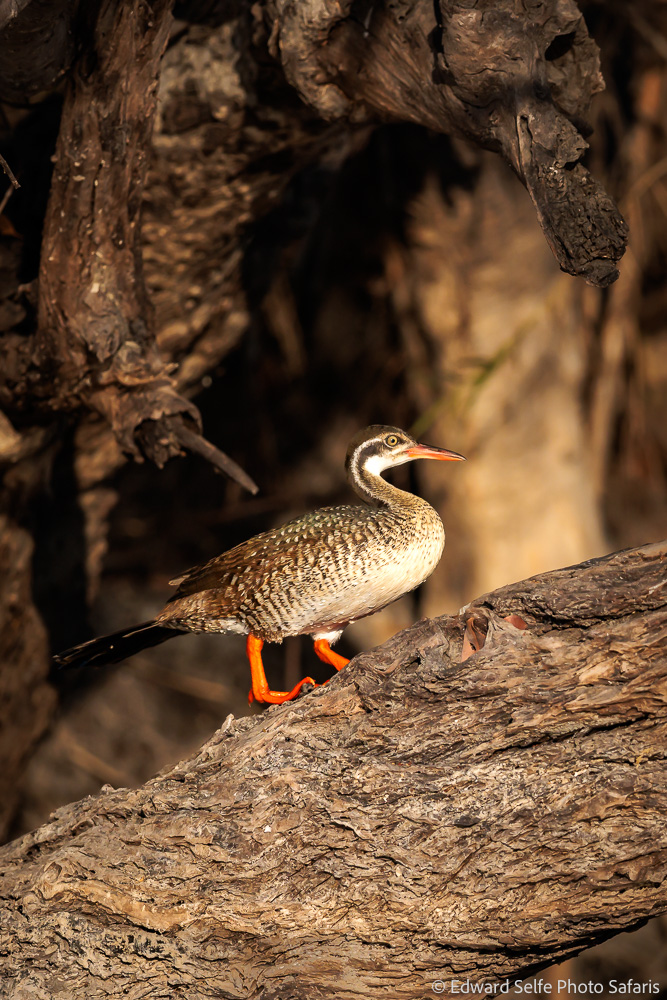
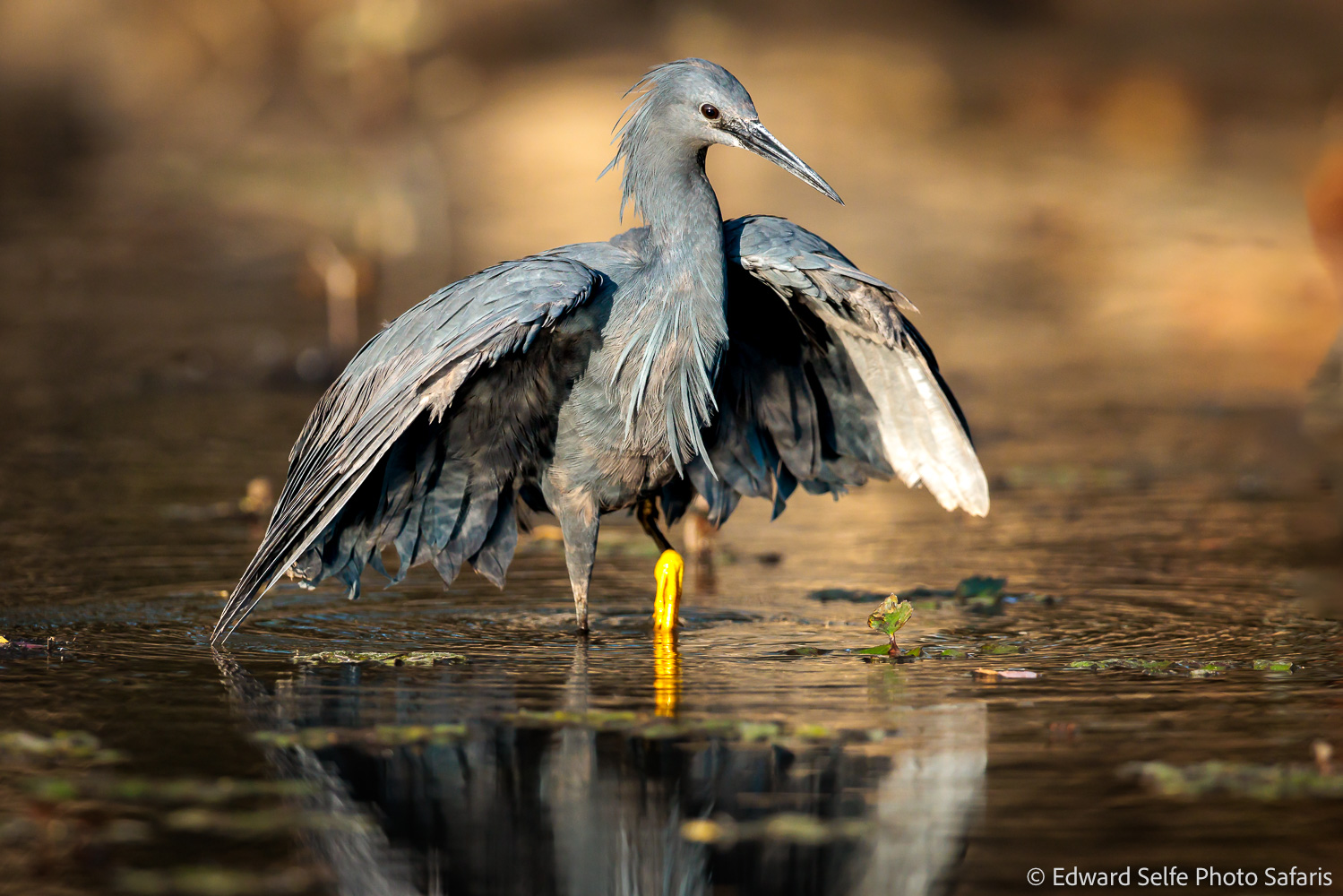
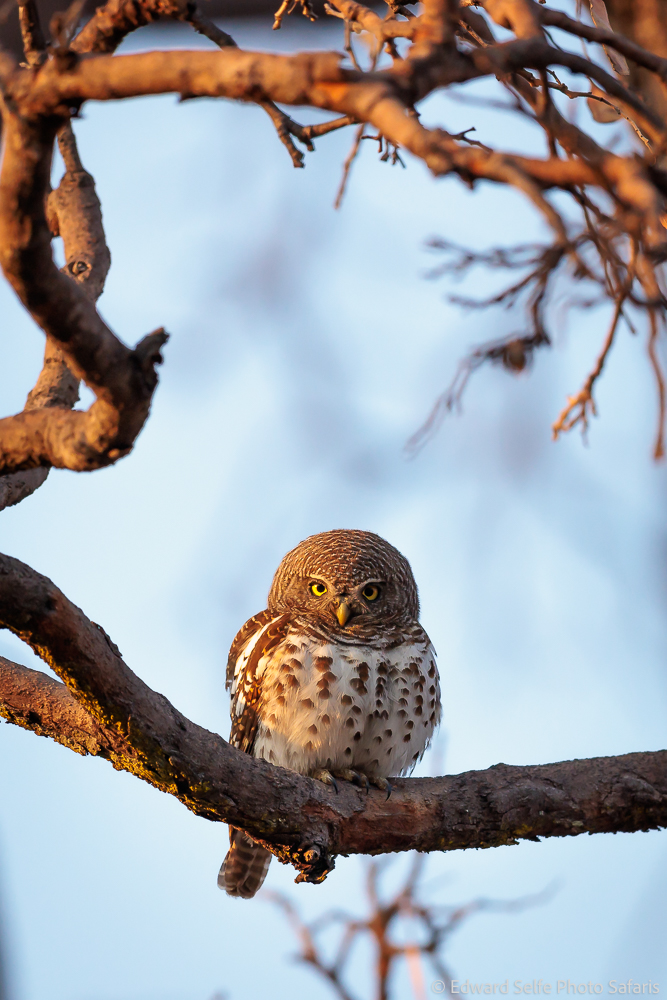
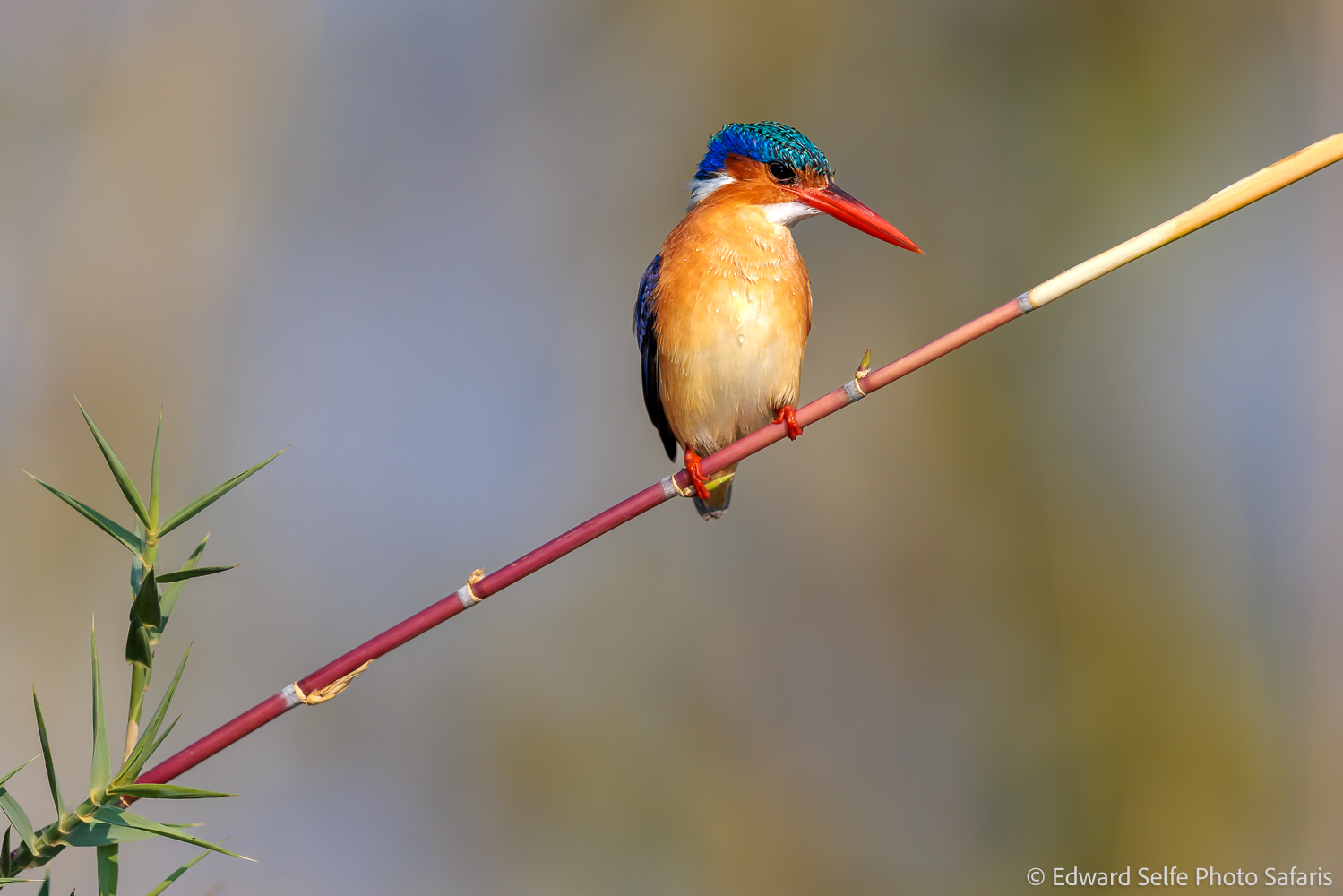
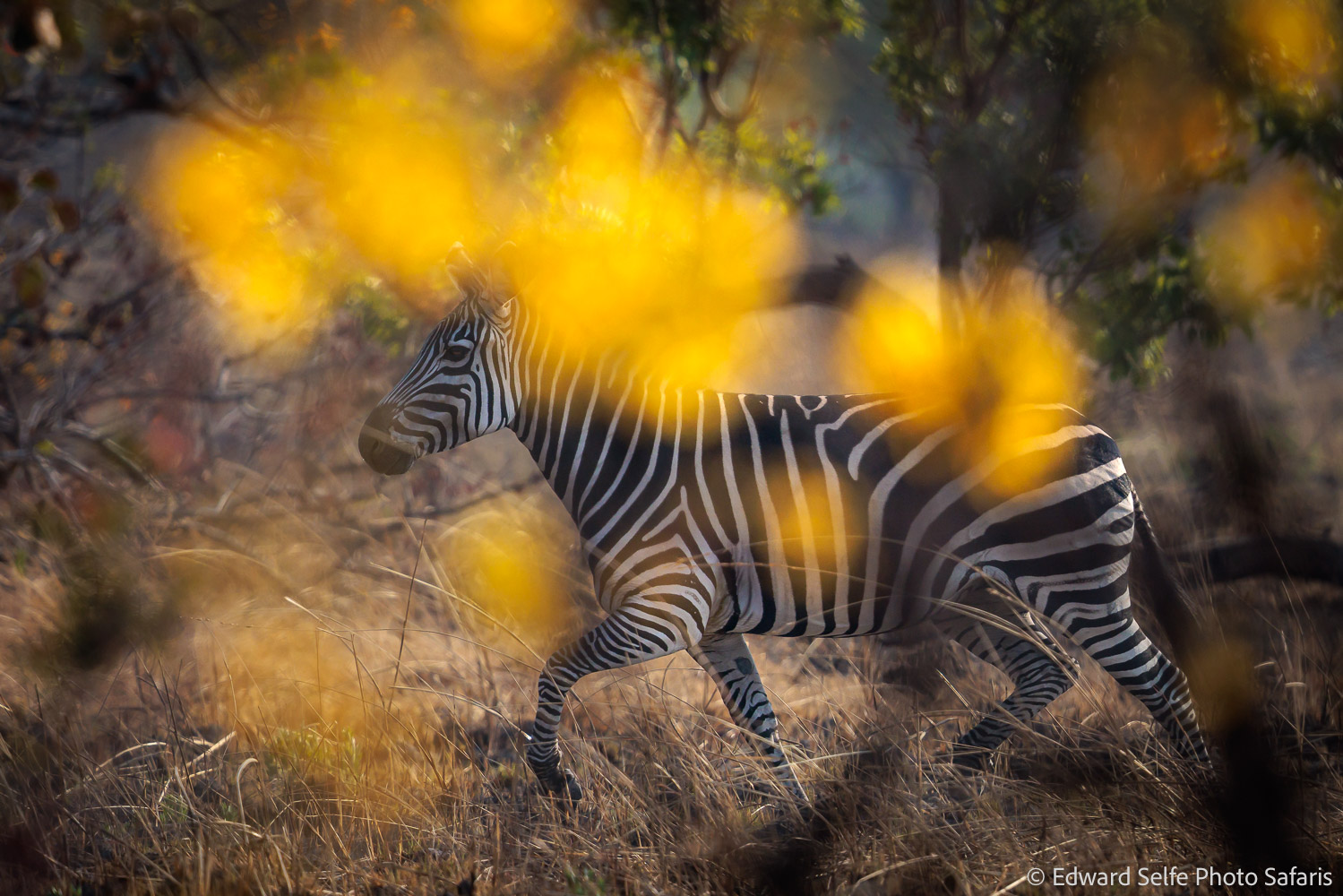
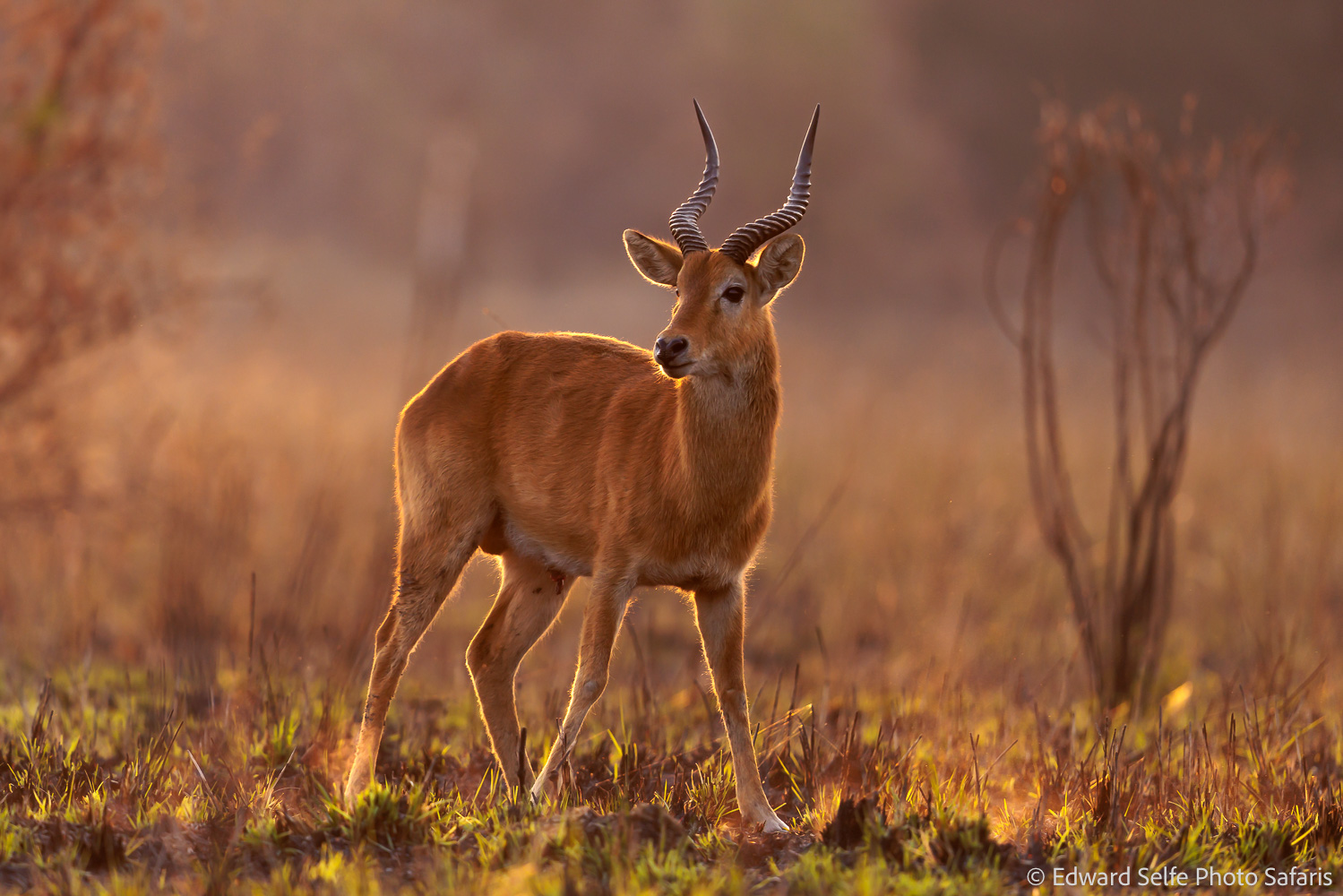
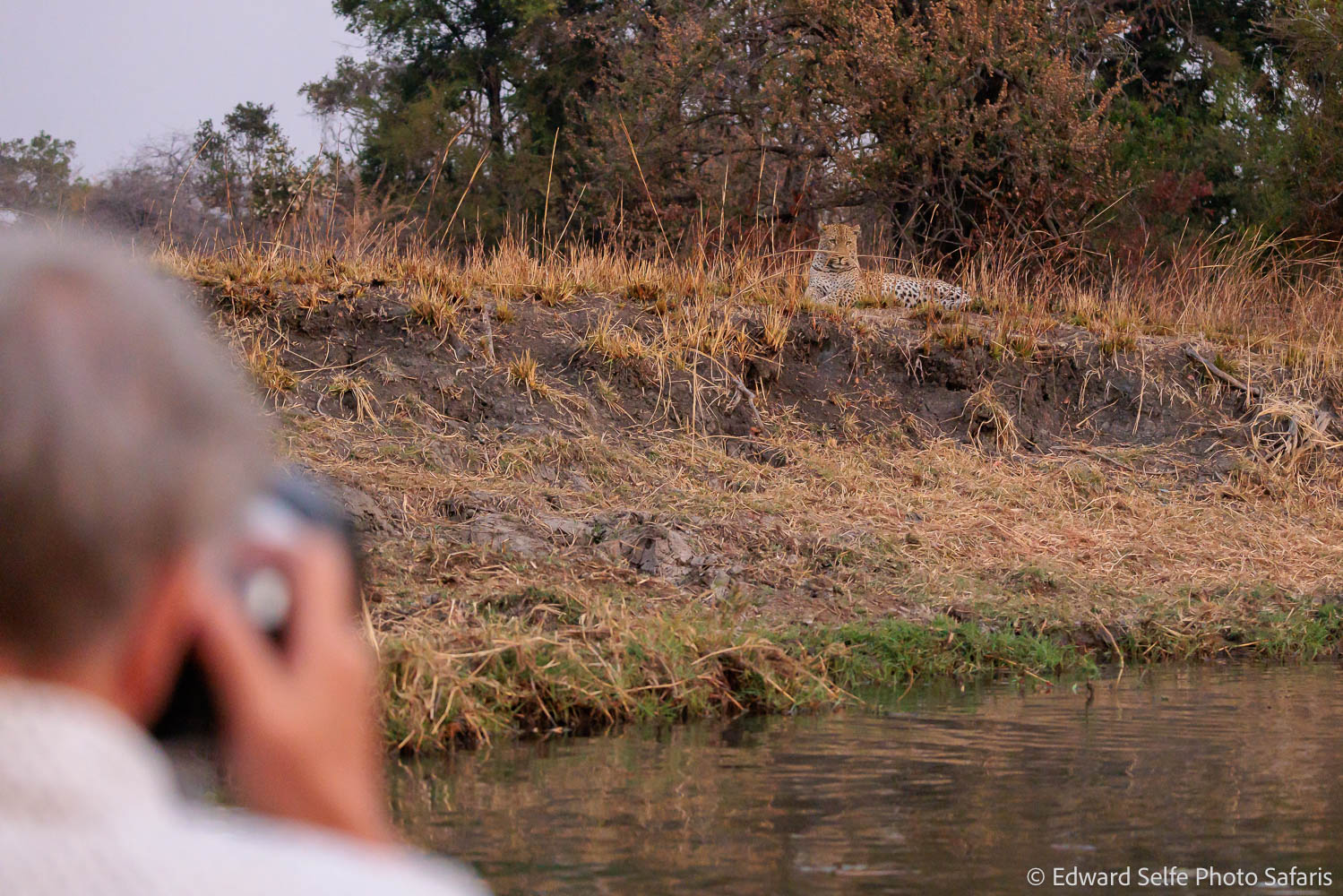
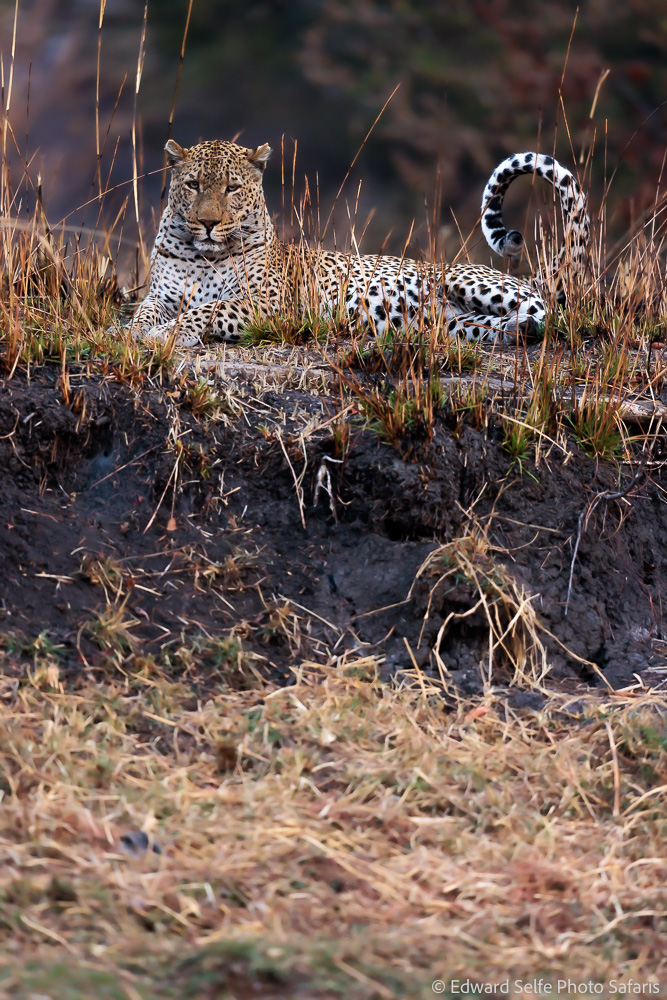
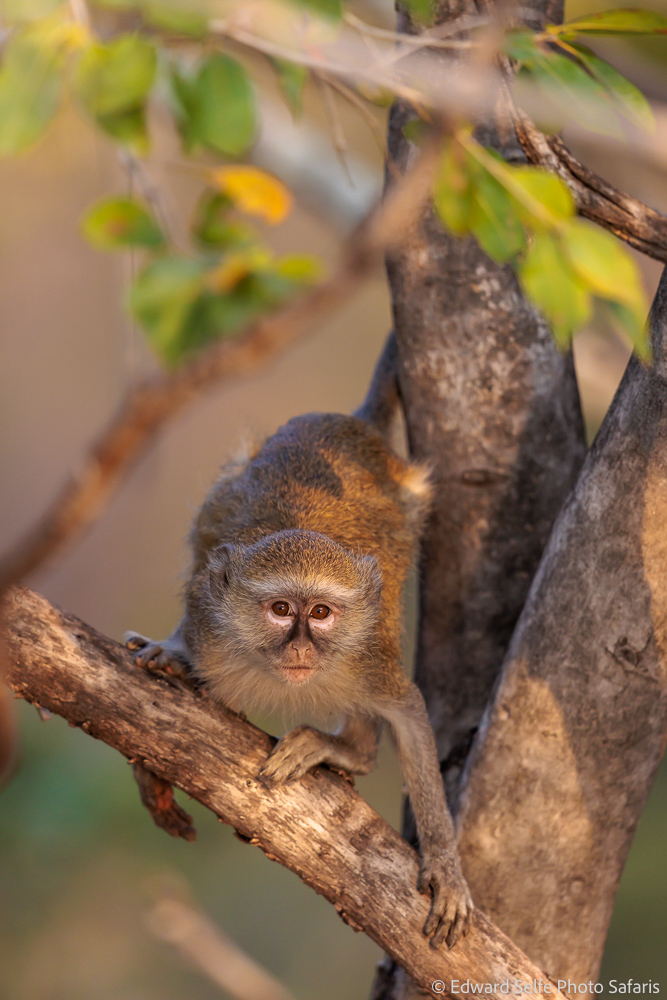

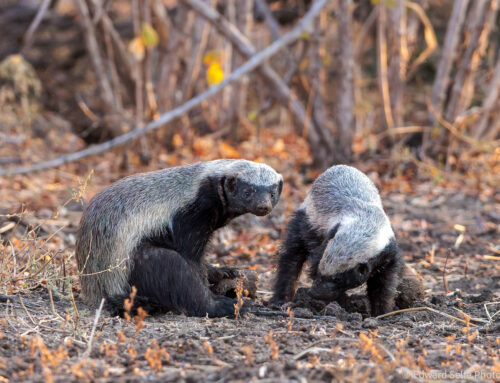
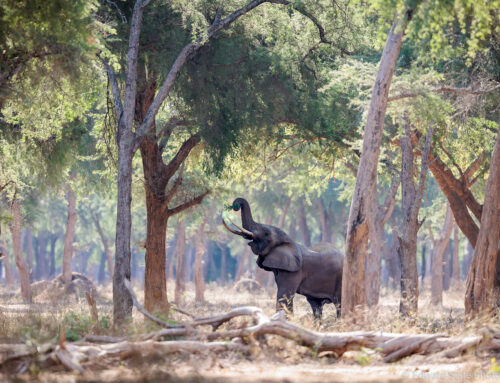
Leave A Comment